The fort was part of the defense system of the West Texas from 1854 to 1891. An Indian Wars’ frontier military post, it protected emigrants, mail coaches, and freight wagons on the Trans-Pecos portion of the San Antonio-El Paso Road. Fort Davis was also along the way to California once gold was discovered there.
Our first stop, as always, was the Visitor Center. We were greeted by this friendly horse and his buddy, a goat! They, and a second horse, roam the grounds.
The exhibits at the Visitor Center tell the history of the fort. Apaches followed a route past Fort Davis on their way to raid and pillage Mexican villages. Various artifacts are on display.
Fort Davis was a stagecoach stop and part of the Butterfield Overland Mail system. During the Civil War, the Confederacy occupied Fort Davis (1861). By 1862, Union forces took possession of the fort. After that, it was abandoned for about 5 years.
Stagecoach
In 1866, Congress authorized the formation of six new regiments of African Americans. Known as Buffalo Soldiers they served with honor in the west, including Fort Davis.
By the 1870s, the telegraph system was installed through West Texas, dramatically improving communications among the forts in the region. Signaling with flags was also widely used by the military.
John always finds the displays with antique weapons interesting. By 1891, Fort Davis was abandoned by the military. Civilians took up residence in many buildings helping to maintain and preserve them.
Located in a box canyon near Limpia Creek, the soldiers from Fort Davis pursued raiding Comanches, Kiowas, and Apaches from this location, although there was never a direct attack on the fort by Native Americans.
A brochure provided at the Visitor Center shows the layout of the structures of the fort, as buildings were built in stages. The ruins and foundations of many structures can be seen. We wandered around the site with our doggie, Sadie, checking them out. Leashed dogs are permitted outdoors at the site.
Shown below is a Gatling gun near the stables. Caring for the horses of the cavalry was an important daily duty for the soldiers here.
Exhibits of the goods that could be found when the fort was active are in the Commissary.
Ruins of the original officers’ quarters are on the north end of the fort.
This line of buildings were shared lieutenants’ quarters and the Commanding Officers Quarters. Each building had a privy in the rear. And the officers’ kitchen is furnished with period pieces. Kitchens were in separate buildings due to the risk of fire, the heat, and odors.
On the east side of the fort is the Post Hospital. It could accommodate 24 patients and was staffed by a surgeon, hospital steward, soldier-nurses, a cook, and a matron. Patients were primarily treated for illnesses or injuries, not battle wounds. The average lifespan was 48 years for white men and only 33 for African Americans at the time. Restoration work is currently underway on the building.
Medical artifacts are on display in the surgeon’s office and operating room.
Built in 1869, the Commanding Officer’s Quarters have been restored. It is furnished with period pieces (1882-1885).
The Post Chapel was the community center and used as a church, school, and library.
A wagon is on display in front of the restored Enlisted Men’s Barracks. It, too, is furnished with period pieces of the Buffalo Soldiers. Rifles were locked up each night, games like checkers, cribbage, cards, were popular activities during free time, and uniforms and other standard-issue gear of the era.
The south end of the barracks has cavalry, infantry, and transportation exhibits. Below is a Model 1866 Gatling gun.
We found a shaded picnic table to eat lunch. Our sweet doggie, Sadie, is always a big hit with kids we encounter in our travels.
Nearby is this exhibit of an Apache hut. A framework constructed of willow twigs is used to create this round-topped hut. Skins covered the hut to provide warmth and greater protection.
Feeling rejuvenated after eating lunch, we decided to hike a couple of trails at the park.
Near the picnic area is the Photographer’s Trail; a short but steep hike on Sleeping Lion Mountain. The views were fantastic (4,946’).
The hike to the Scenic Overlook (trail behind the two-story officer quarters), was narrow, rocky, and steep. But, again, the view from the overlook (5,200’) was stunning.
Continuing on the Tall Grass Loop, overlooks provided views from the ridge to the west, north and east.
The Tall Grass Loop Trail was well marked and the descent from the mountain ridge was a lot easier than the climb up! The dramatic cliffs at Fort Davis are volcanic rock created 25-25 million years ago. This trail meanders through lots of interesting formations.
We walked about 5 miles here and thoroughly enjoyed learning about the fort and hiking on a few trails here. Admission to the National Historic Site is $7/adults; no charge if you have a Senior Pass. For additional information about Fort Davis, go to www.nps.gov/foda.
Even though it was a long drive home, the countryside was just gorgeous. We stopped several times to snap some photos.
We all arrived back at the RV both happy and tired! We highly recommend a visit to Fort Davis.
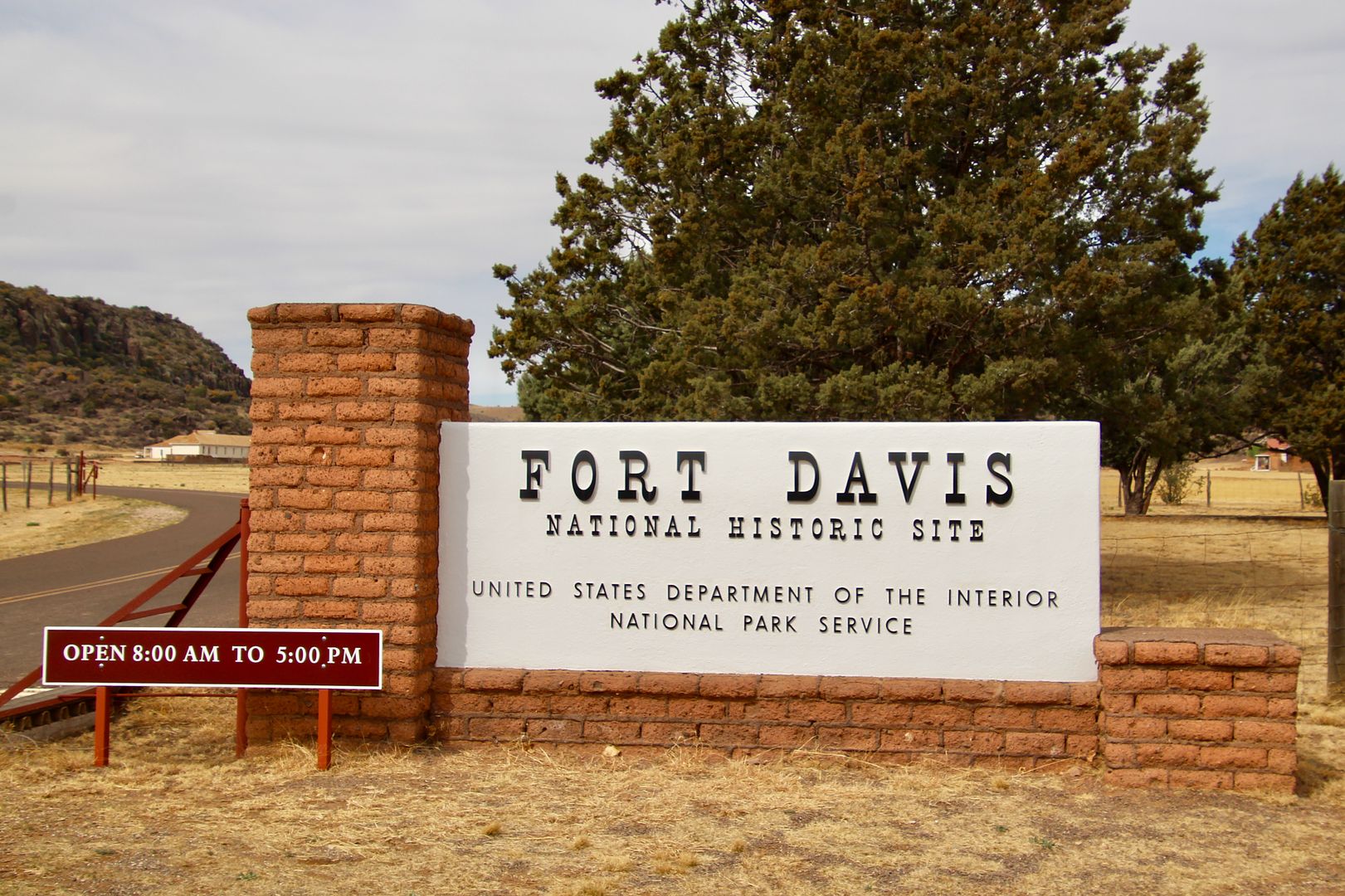
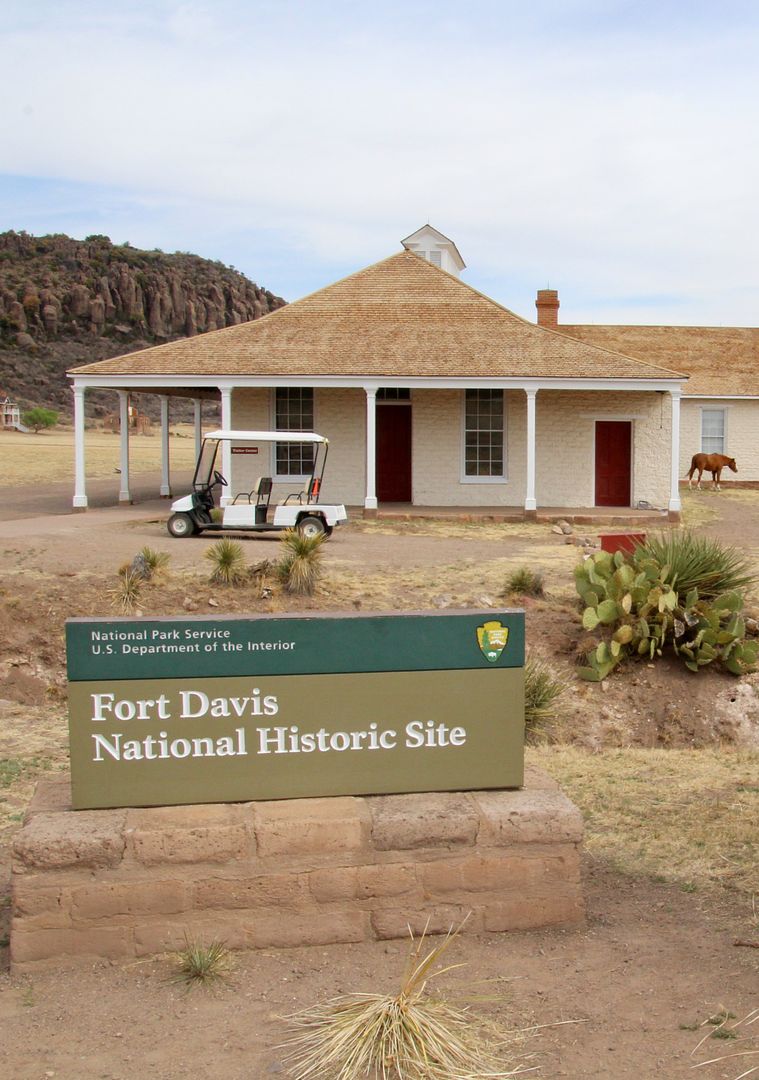

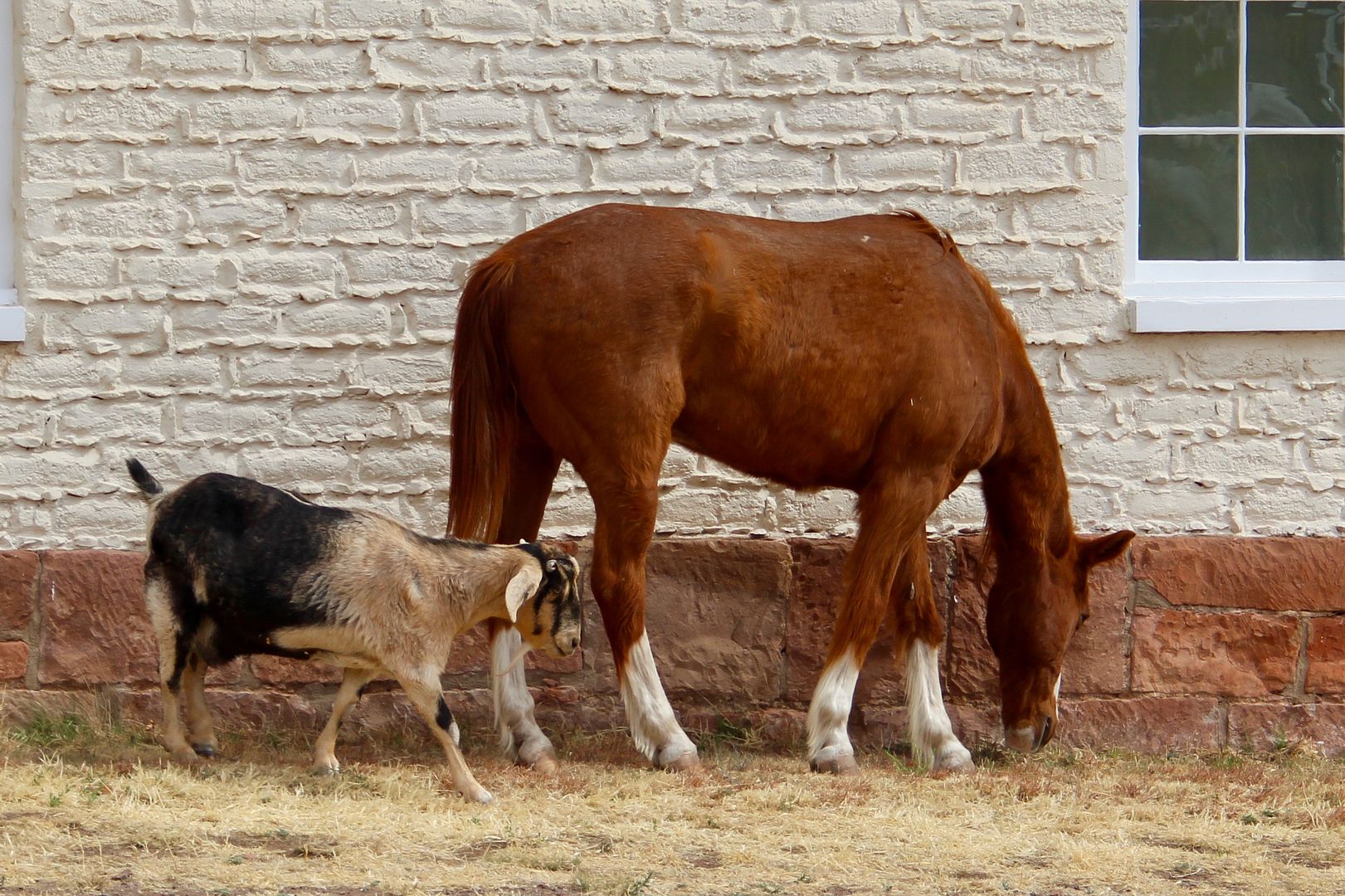
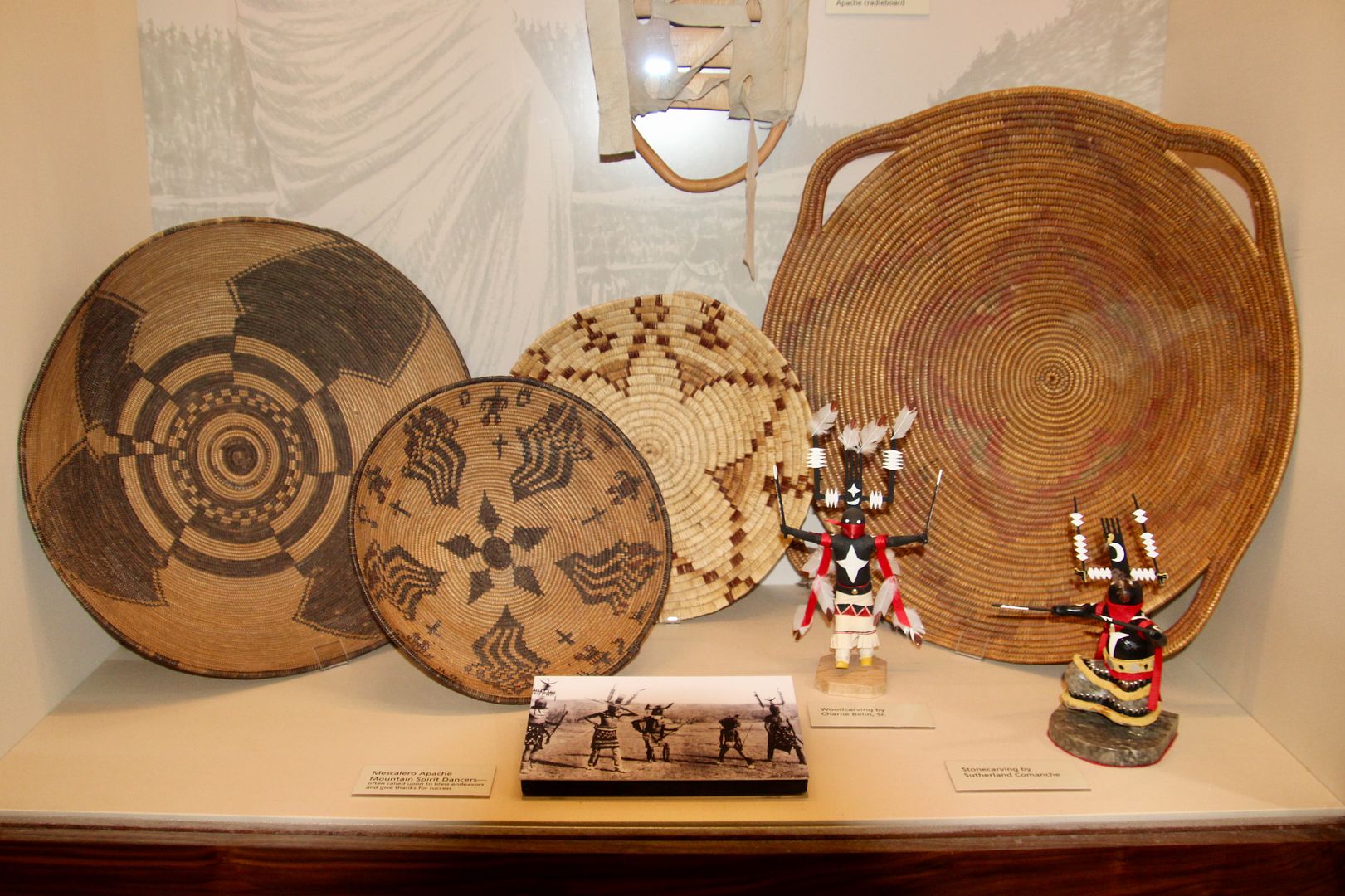
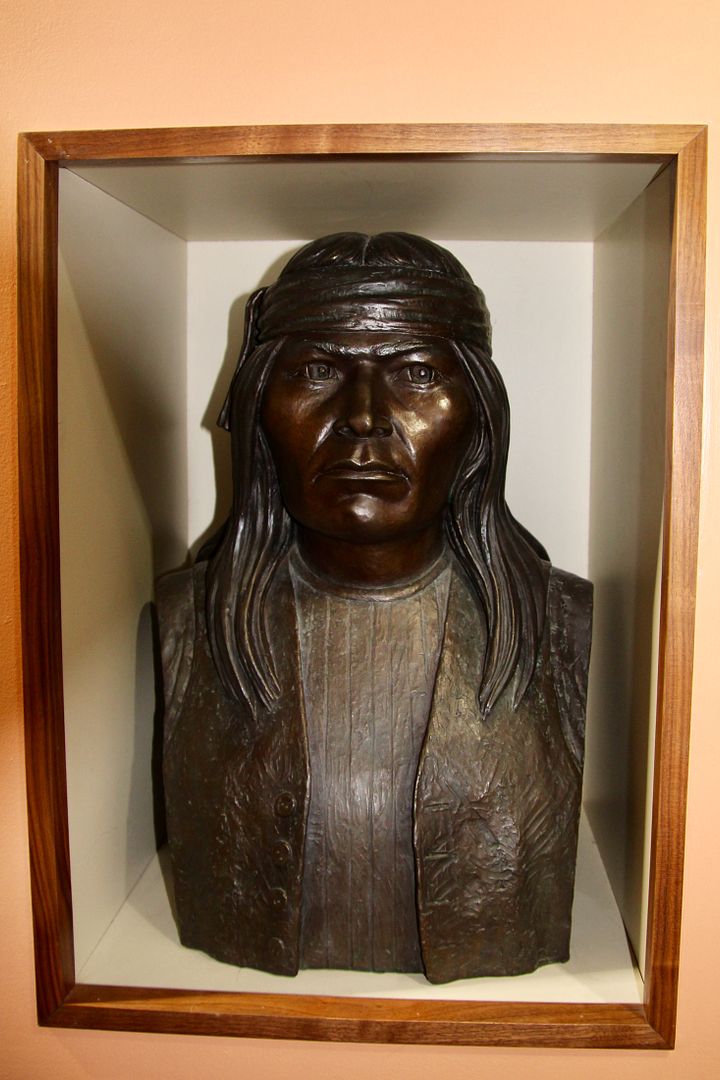



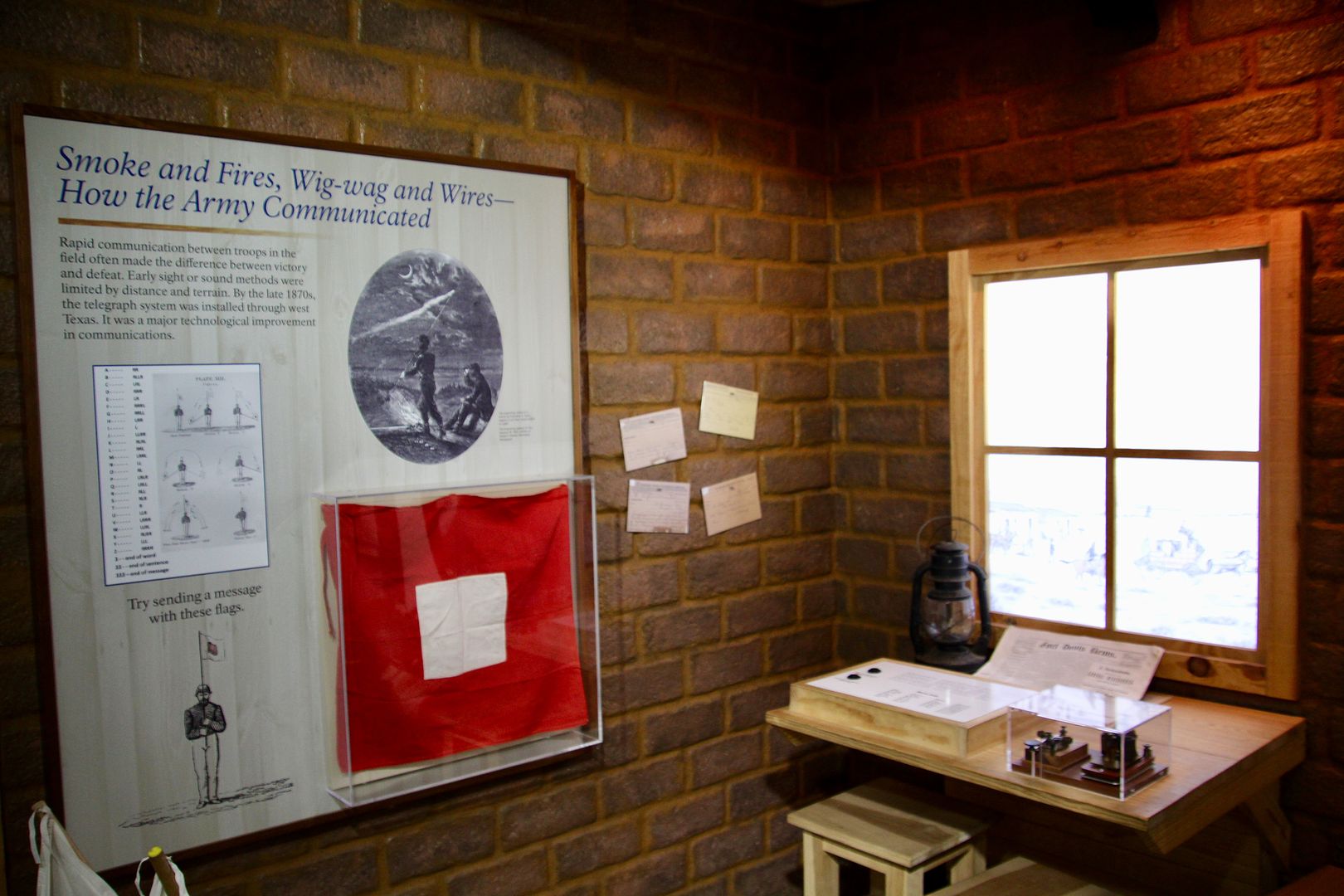
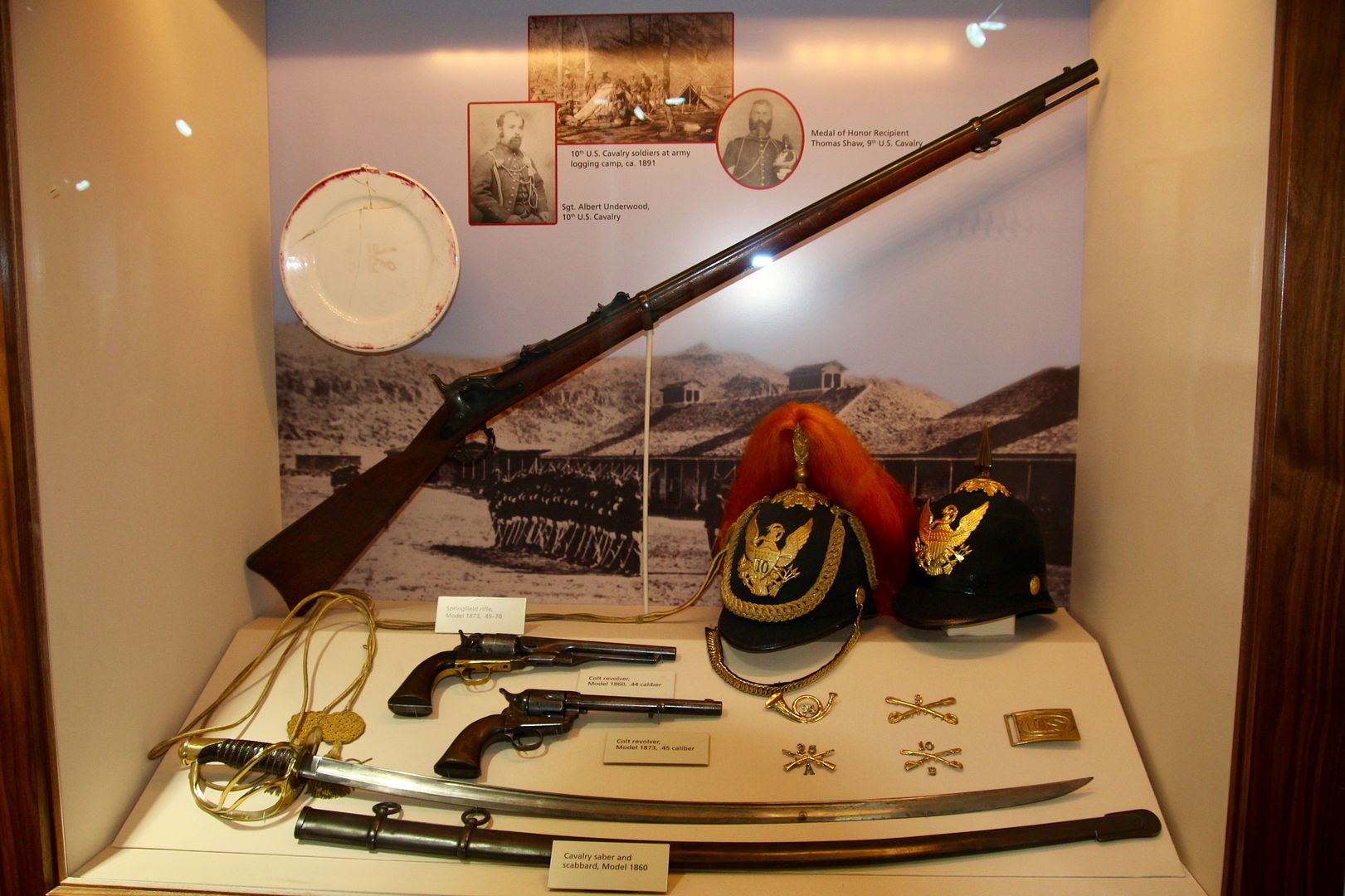


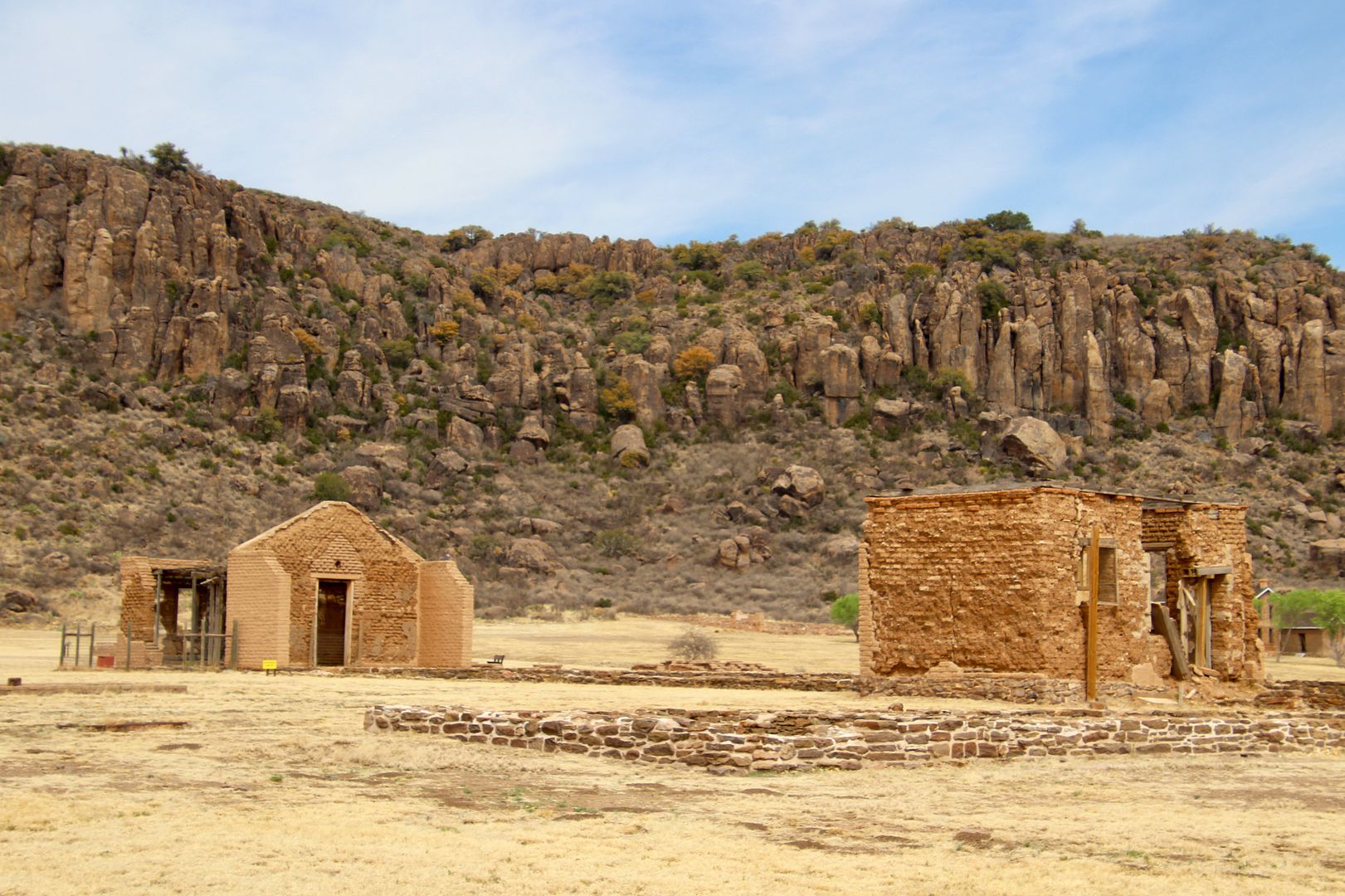
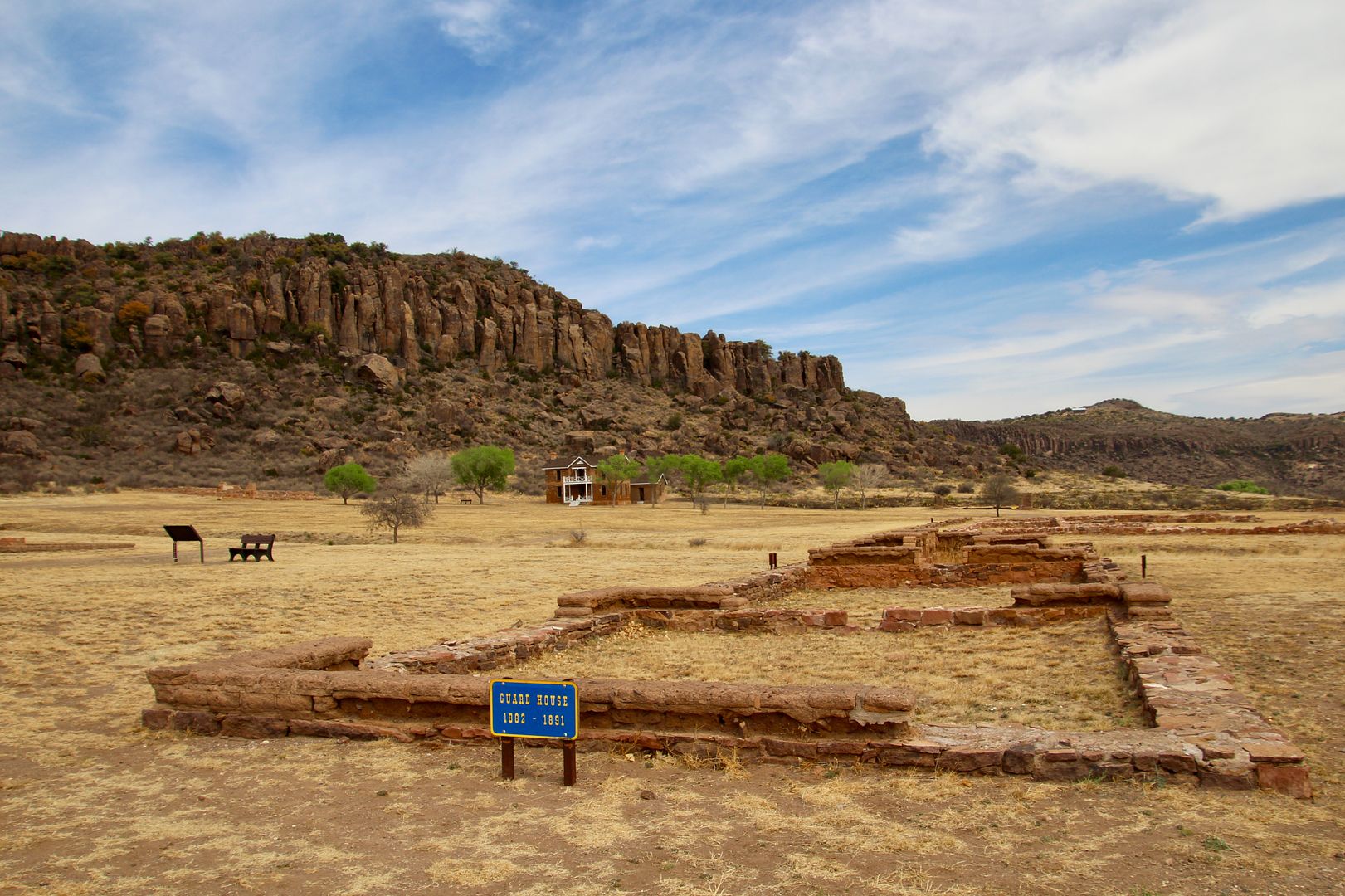
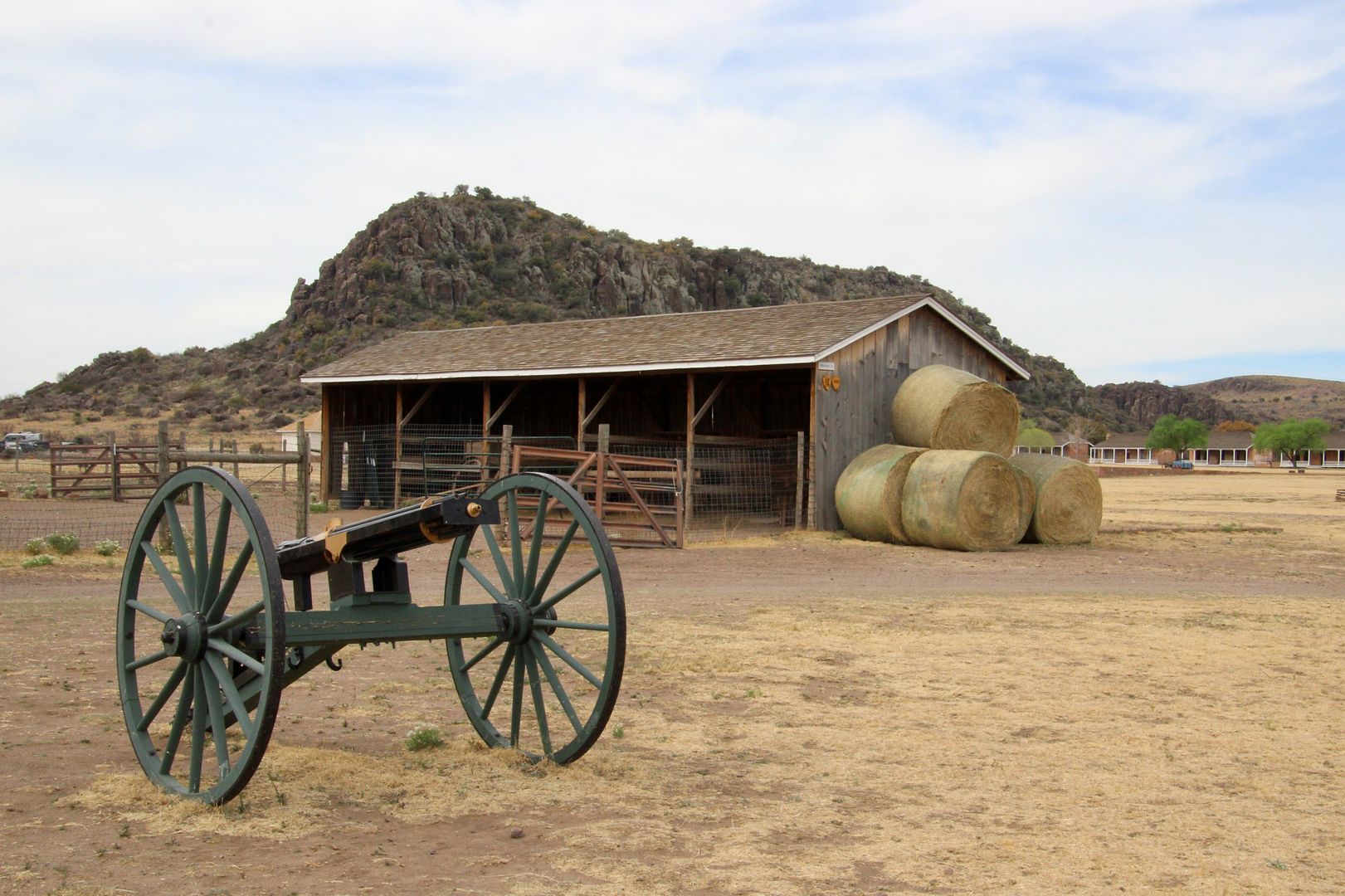

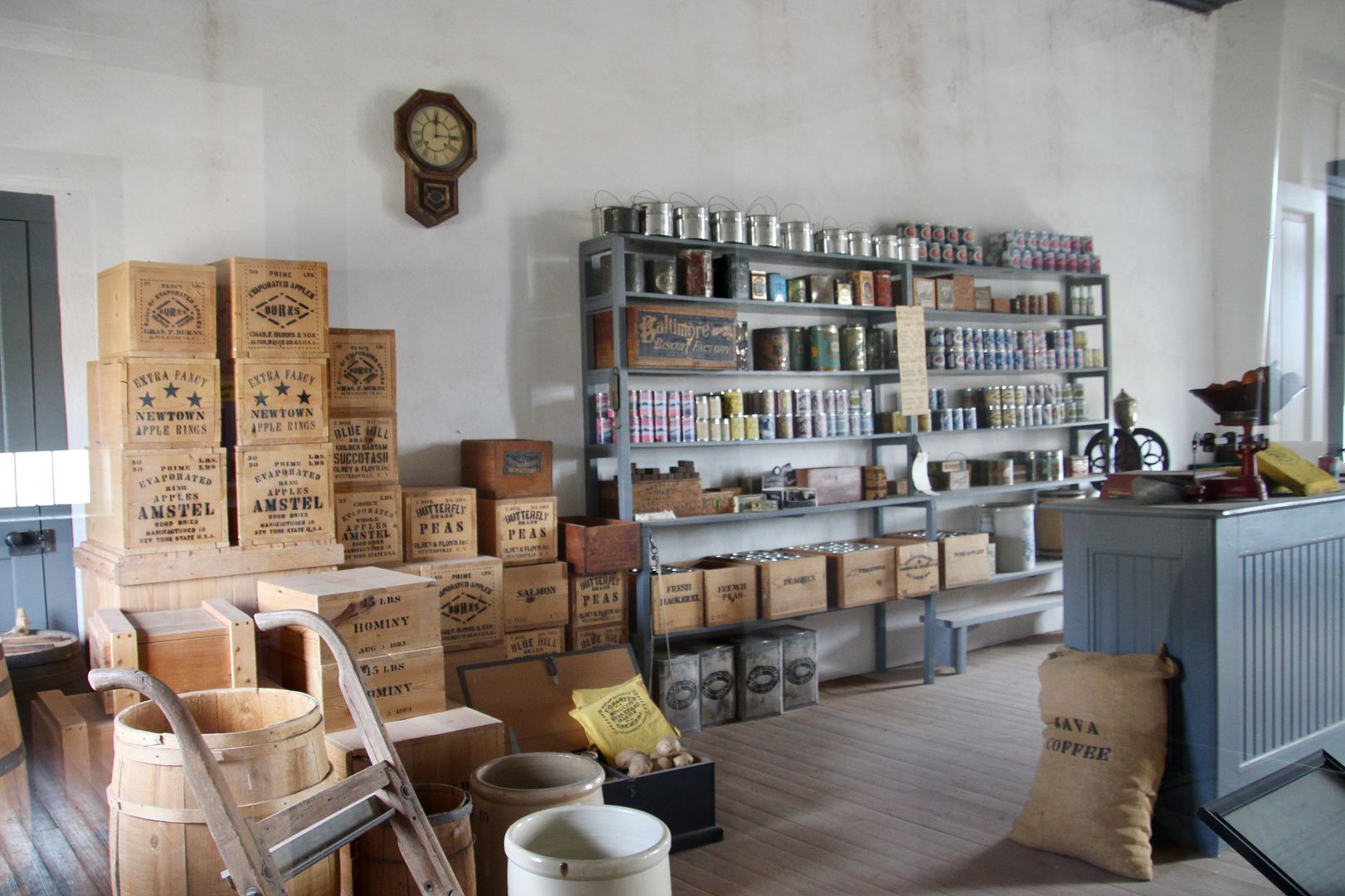
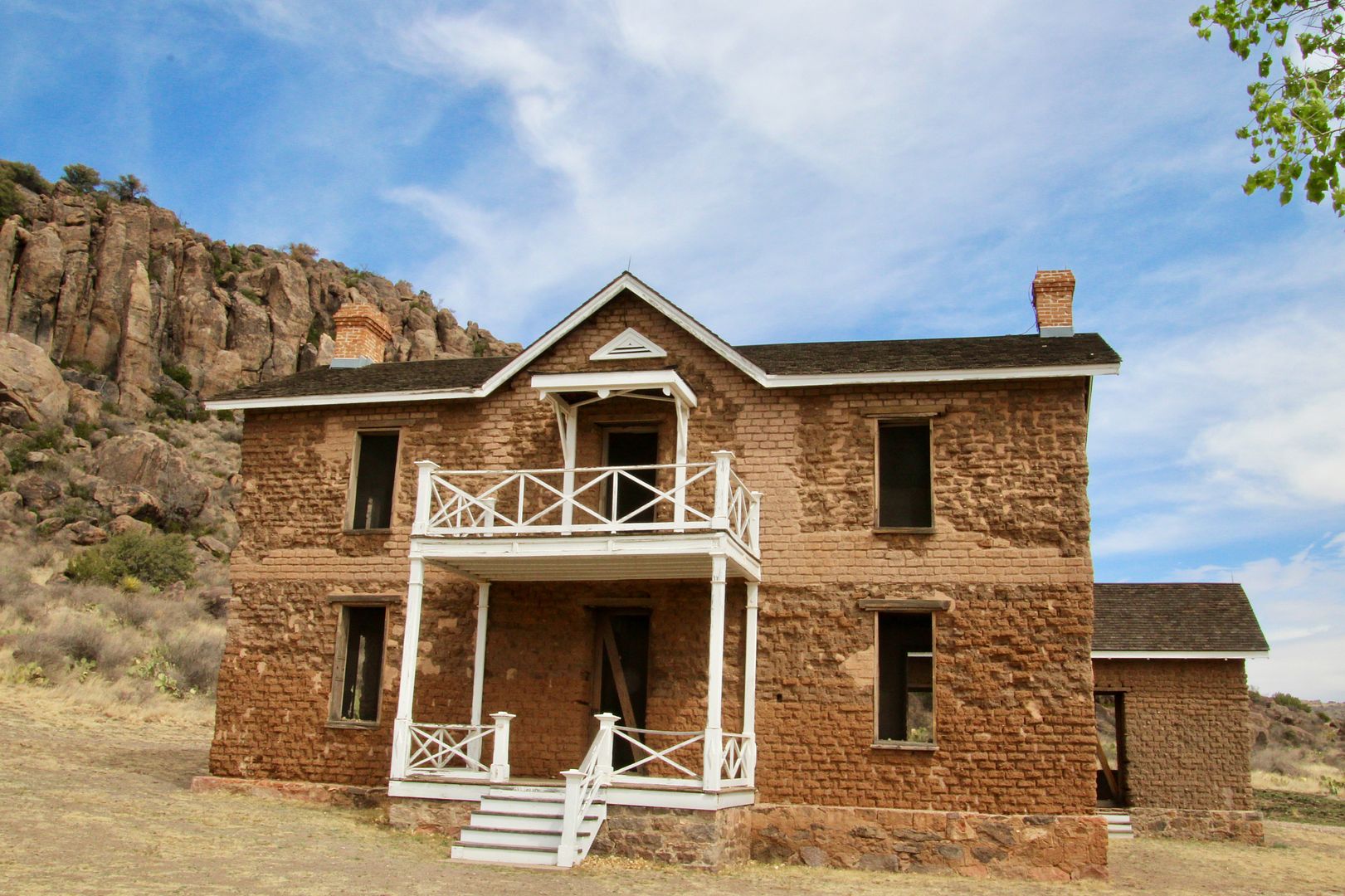
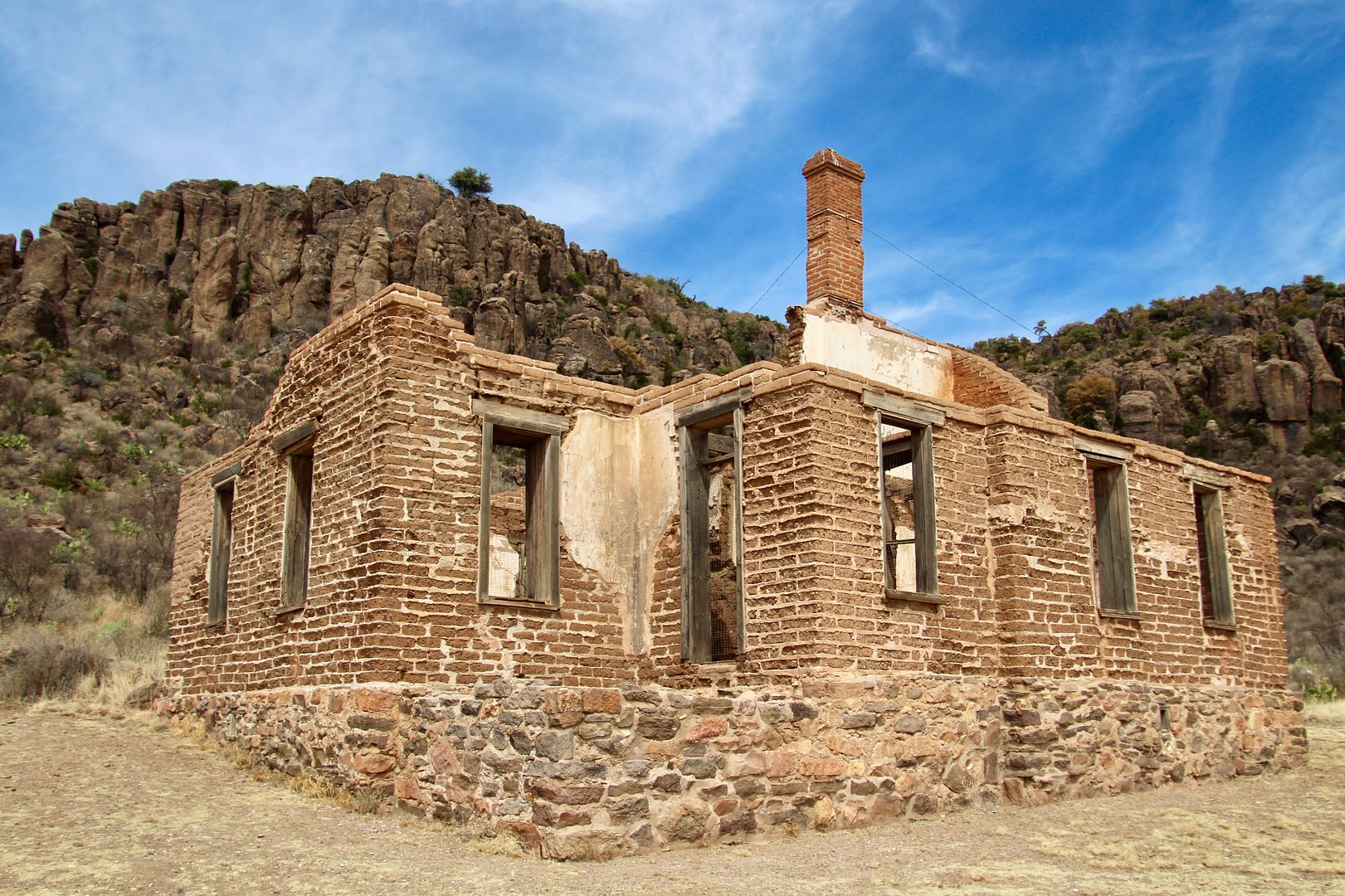
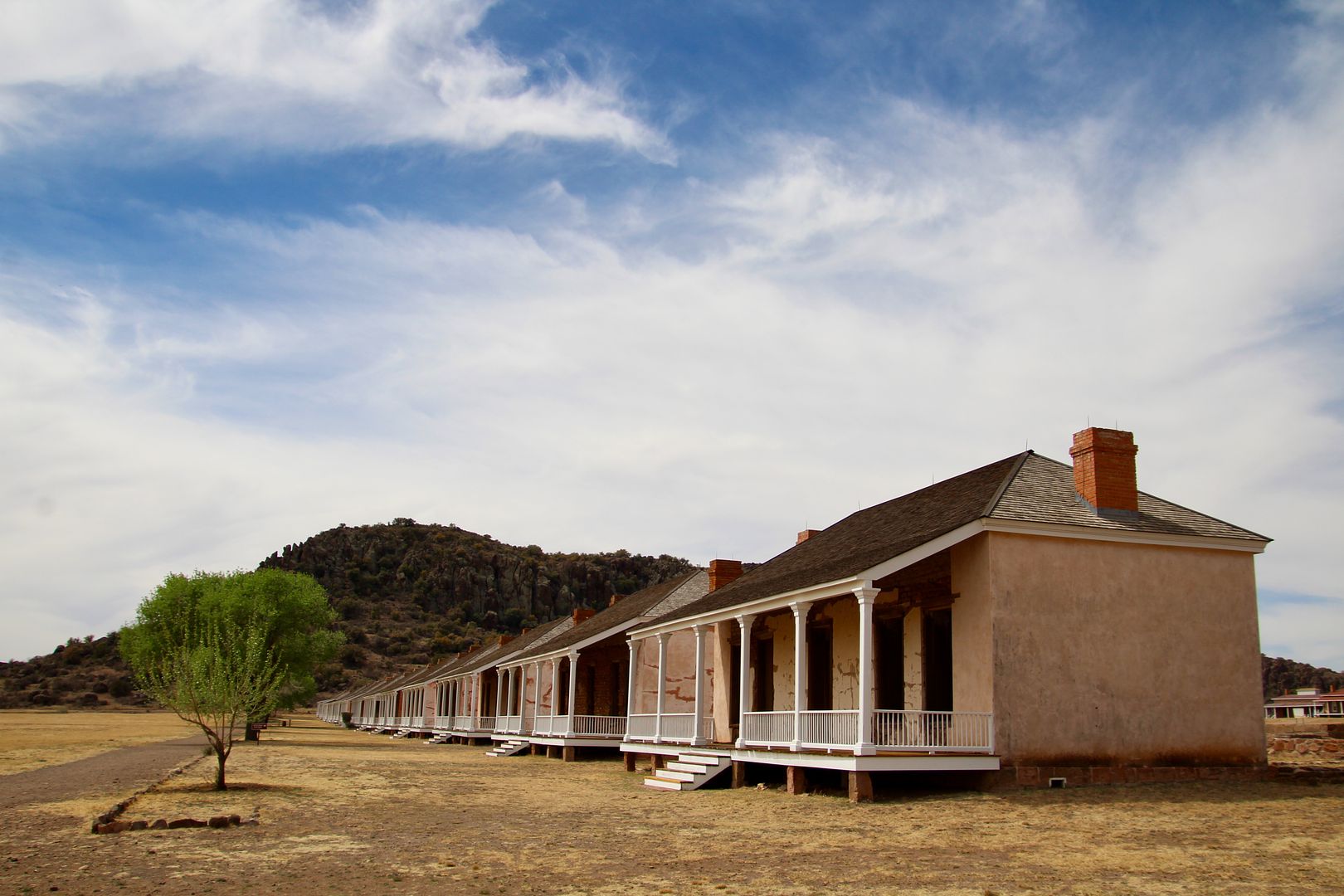
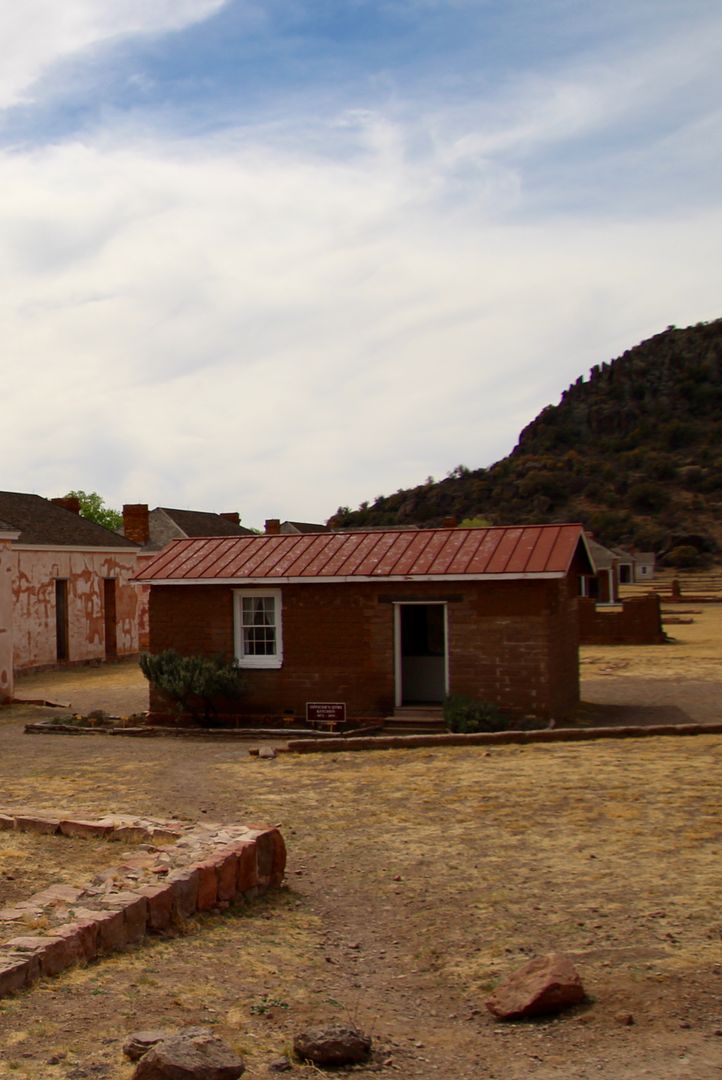

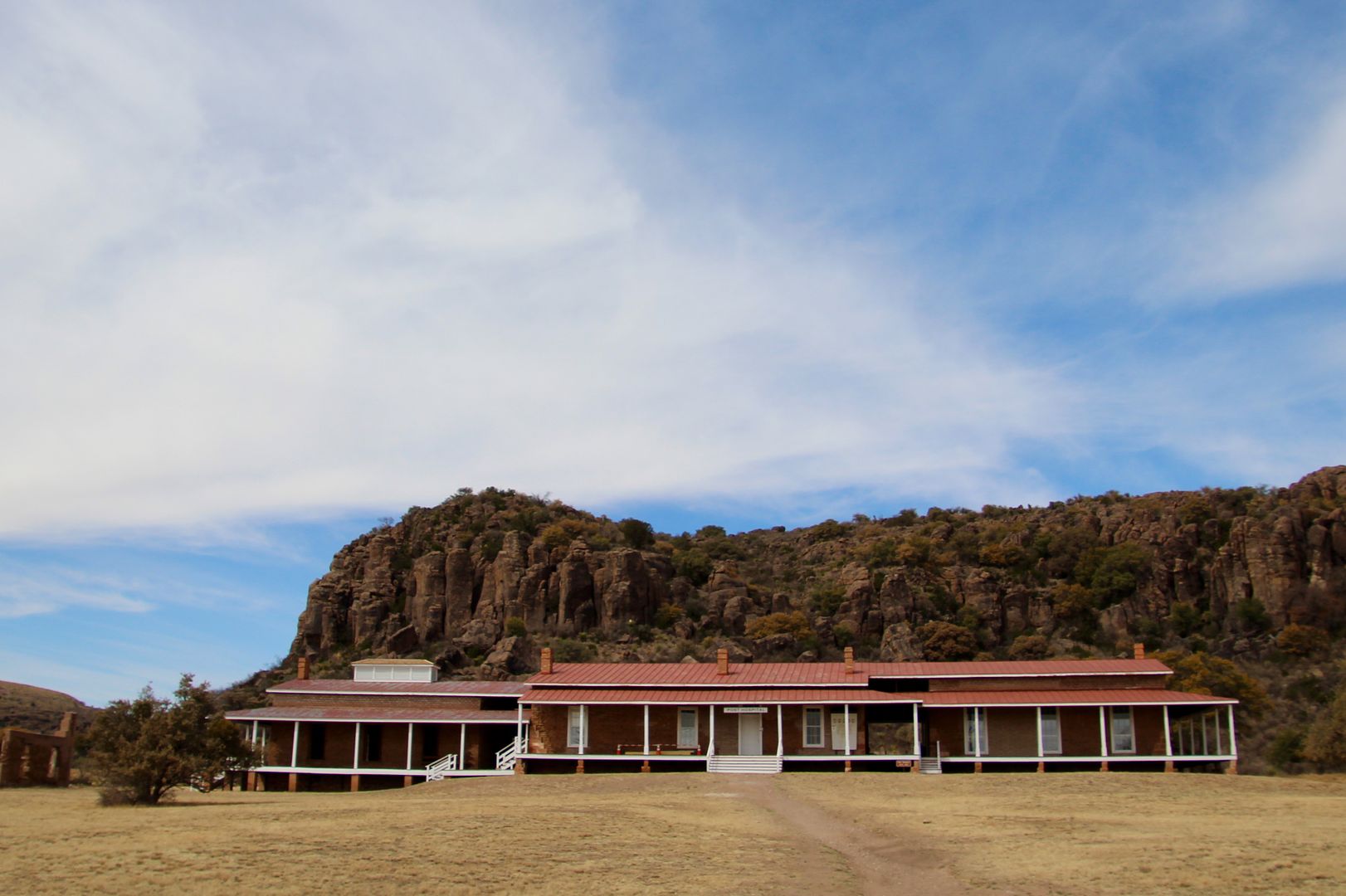
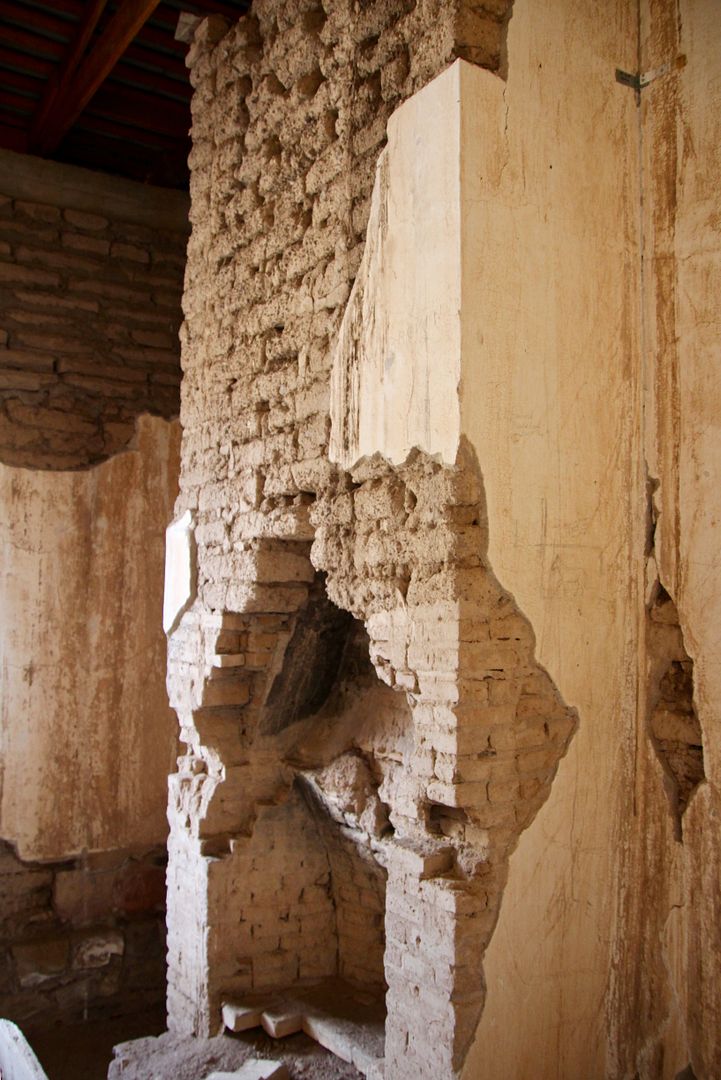
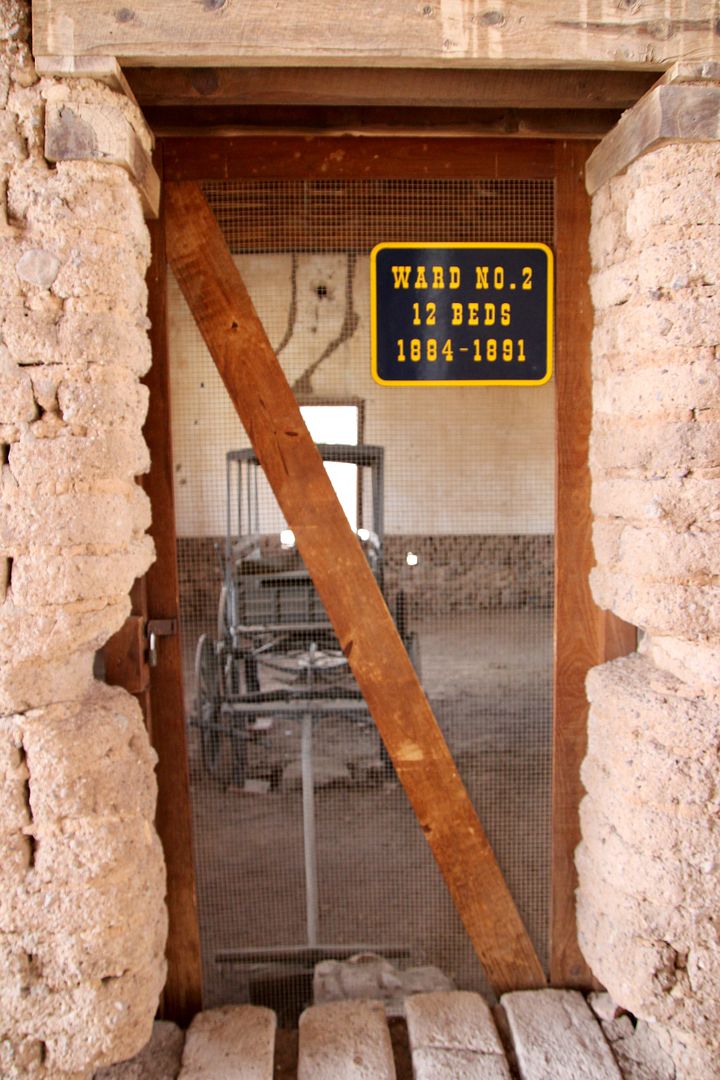
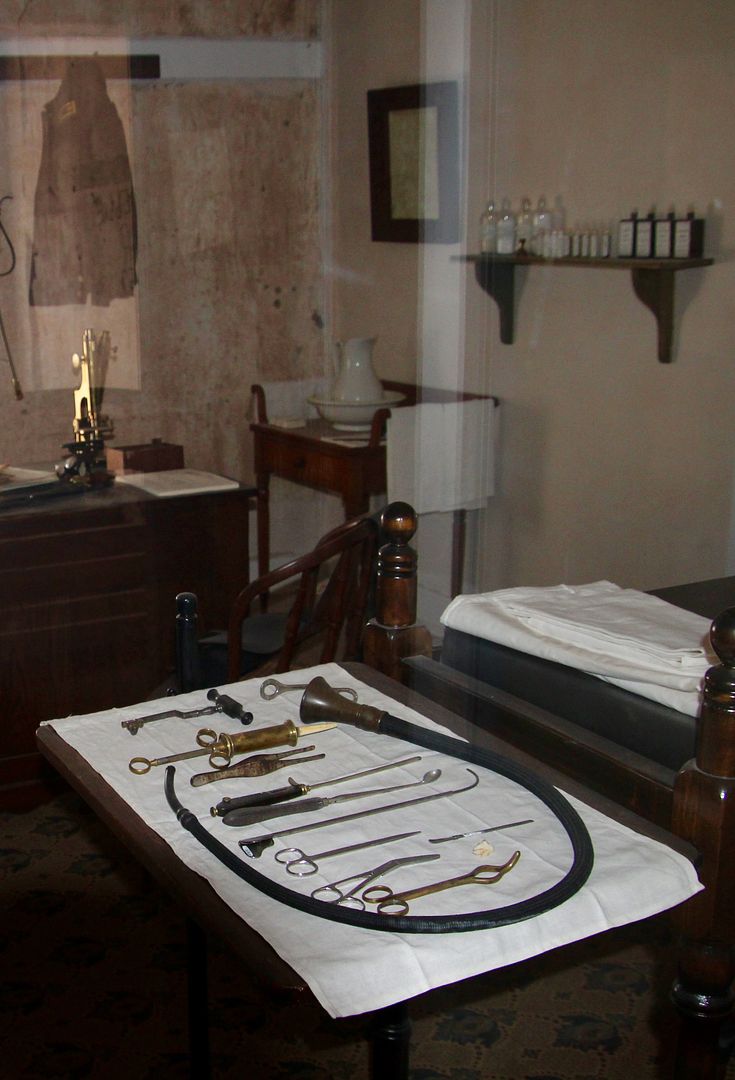
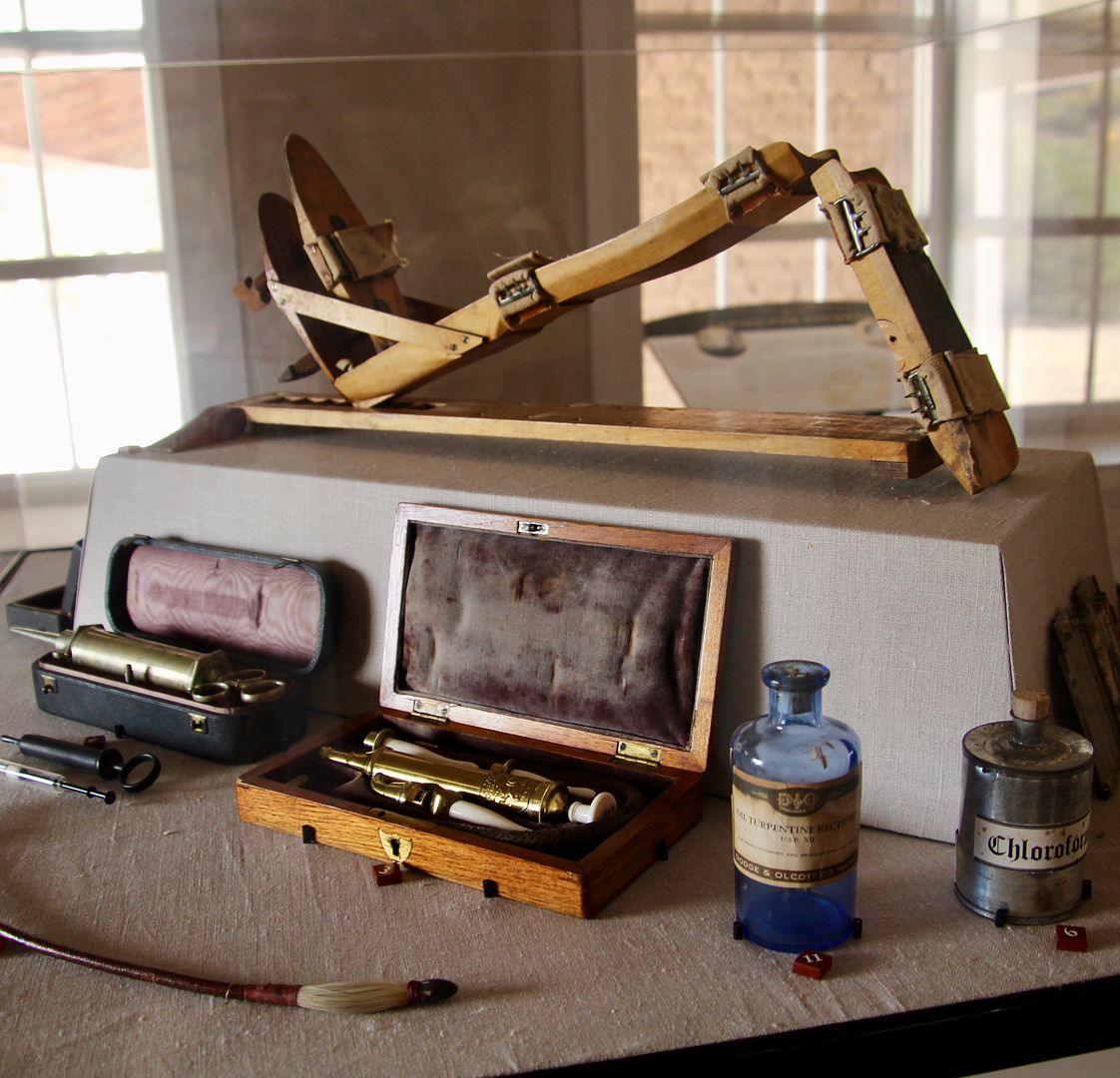
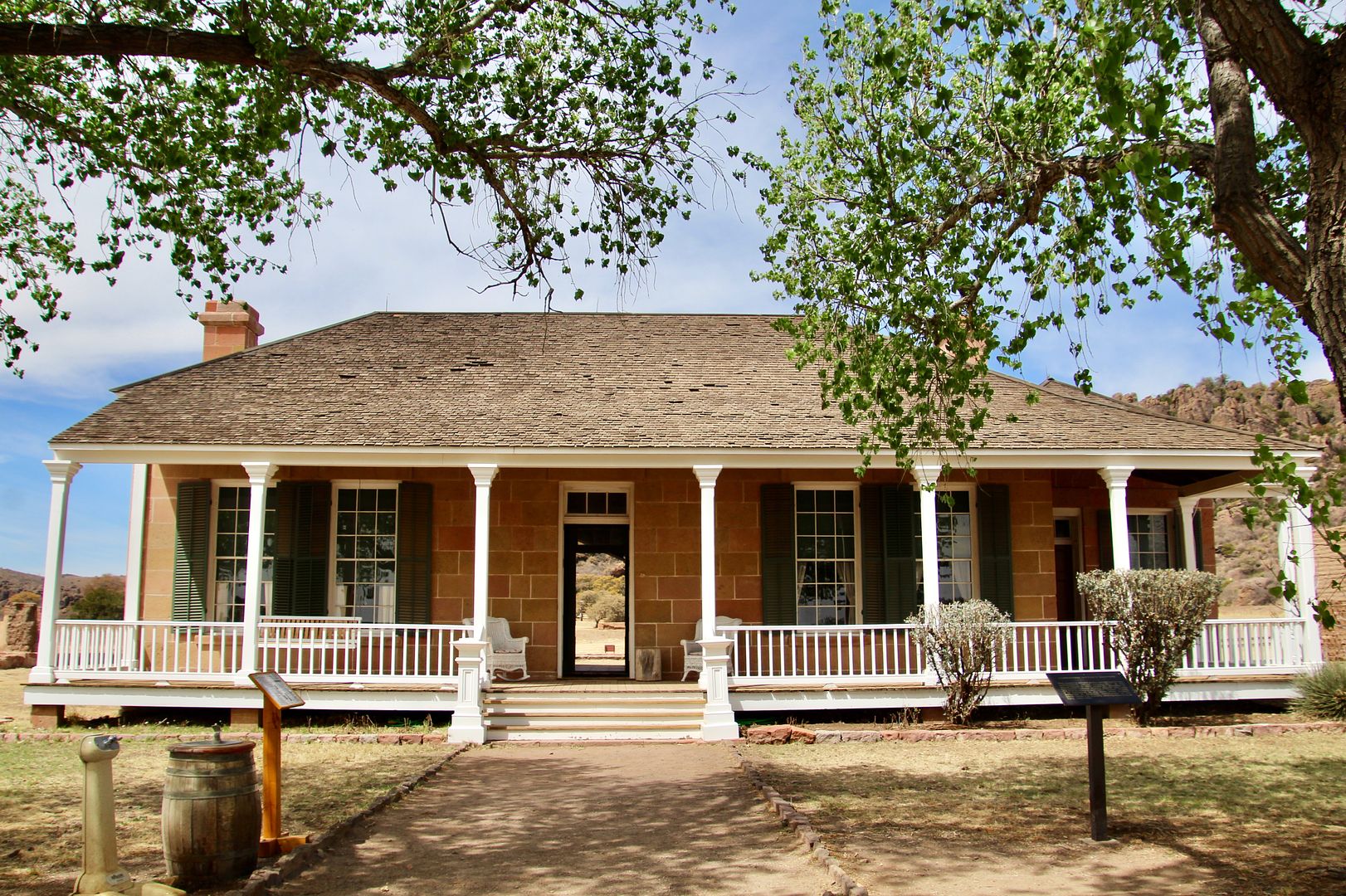
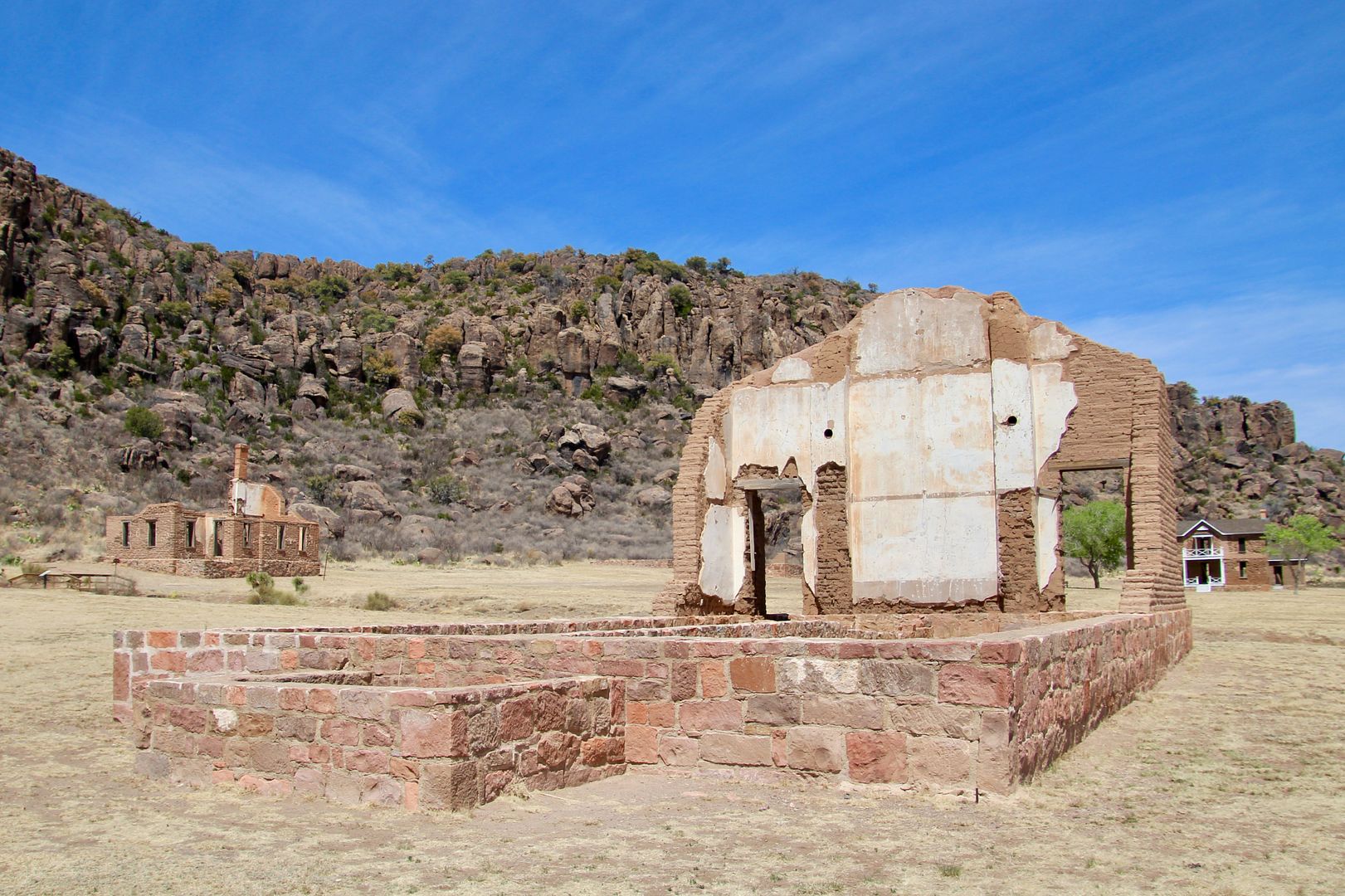
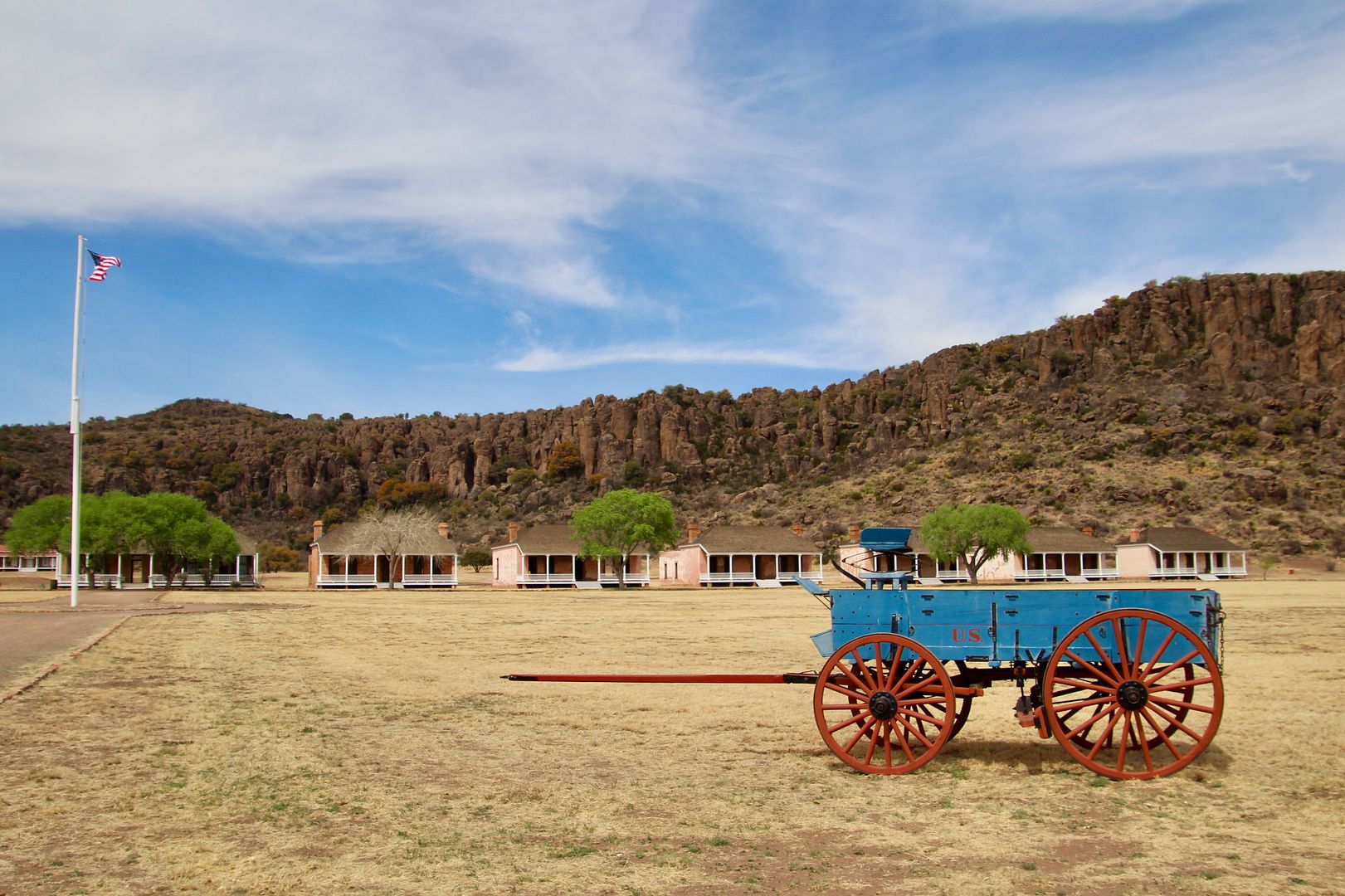
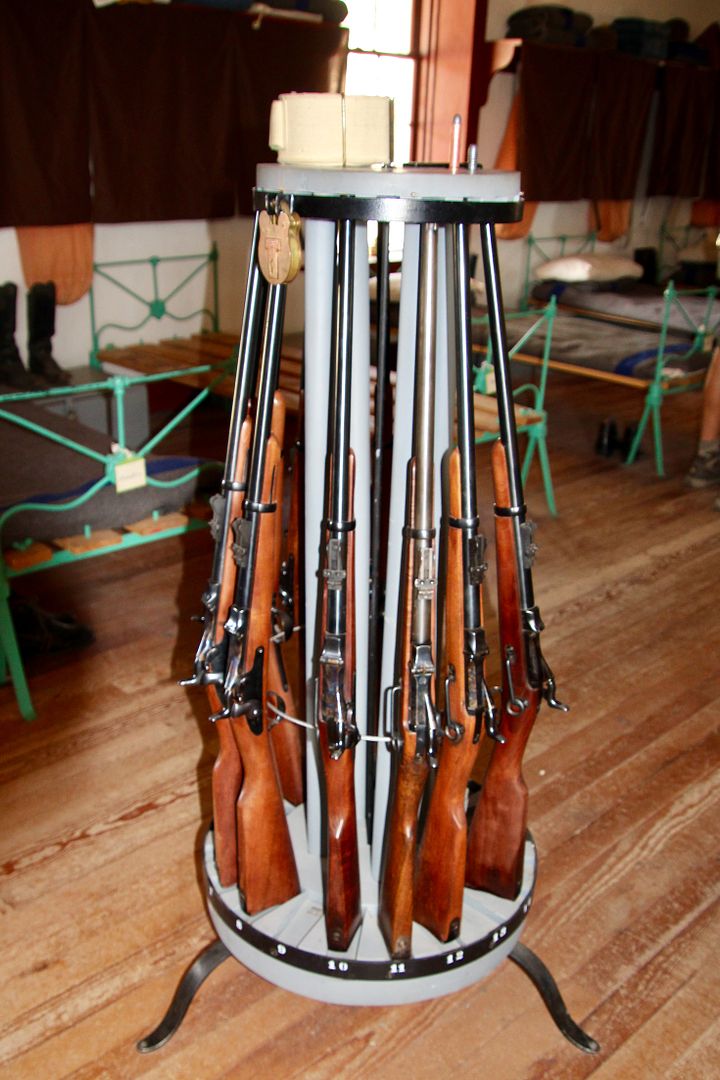
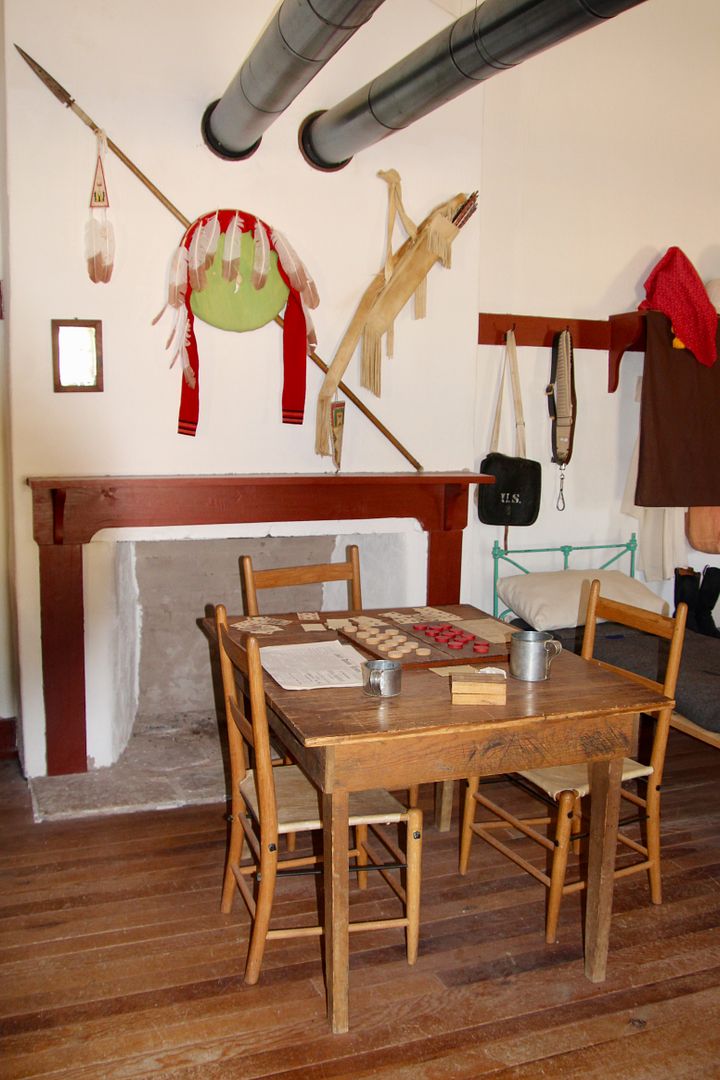
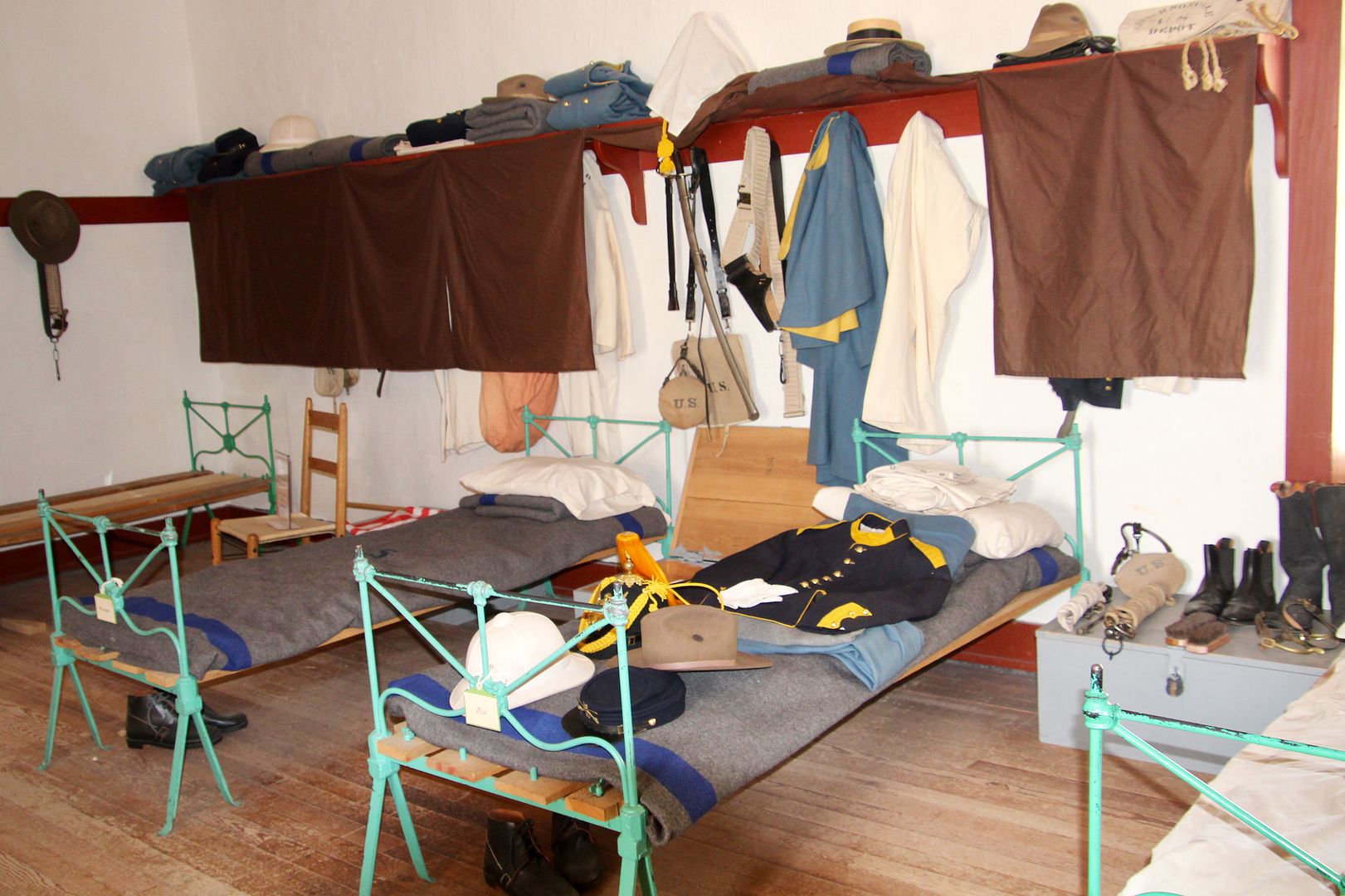
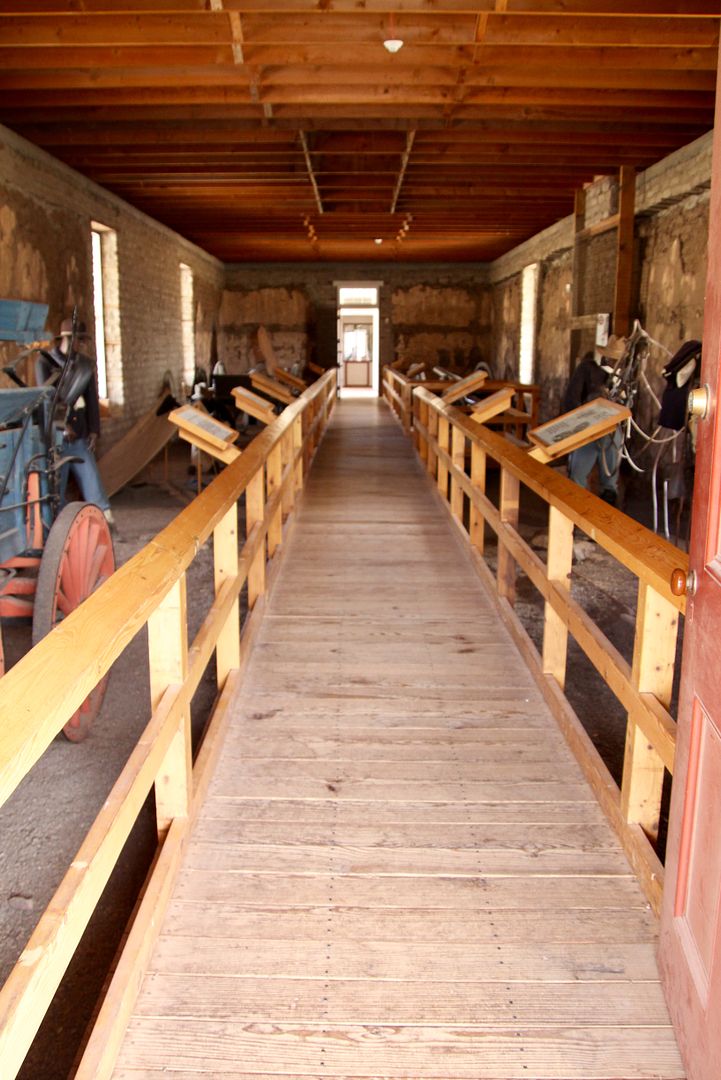
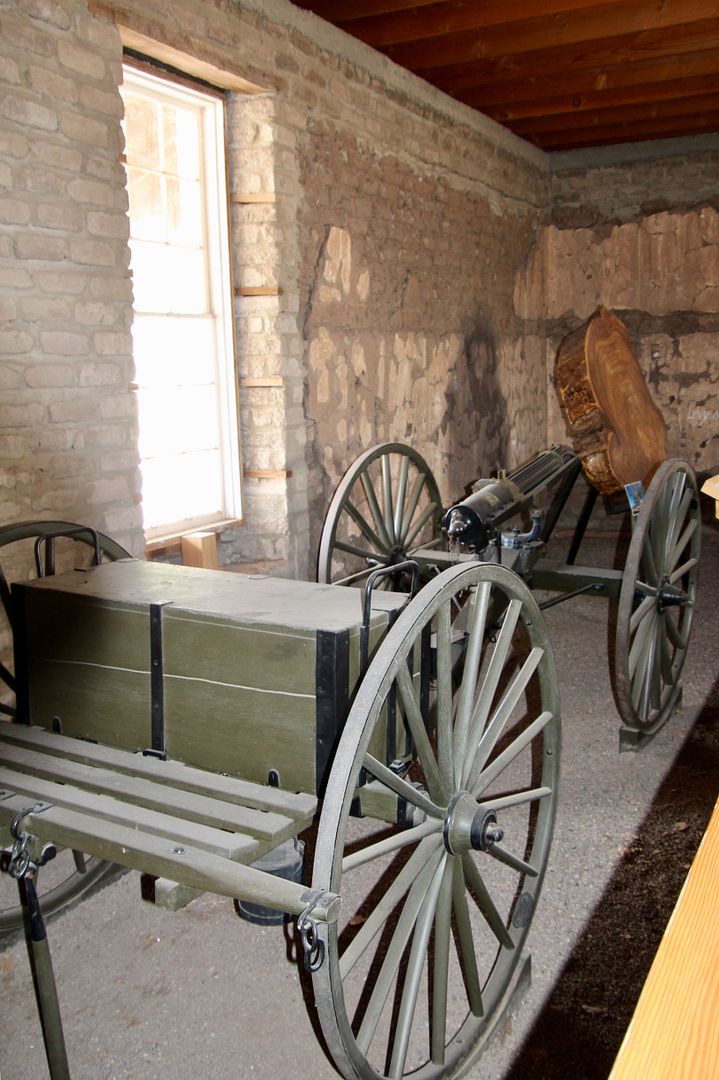
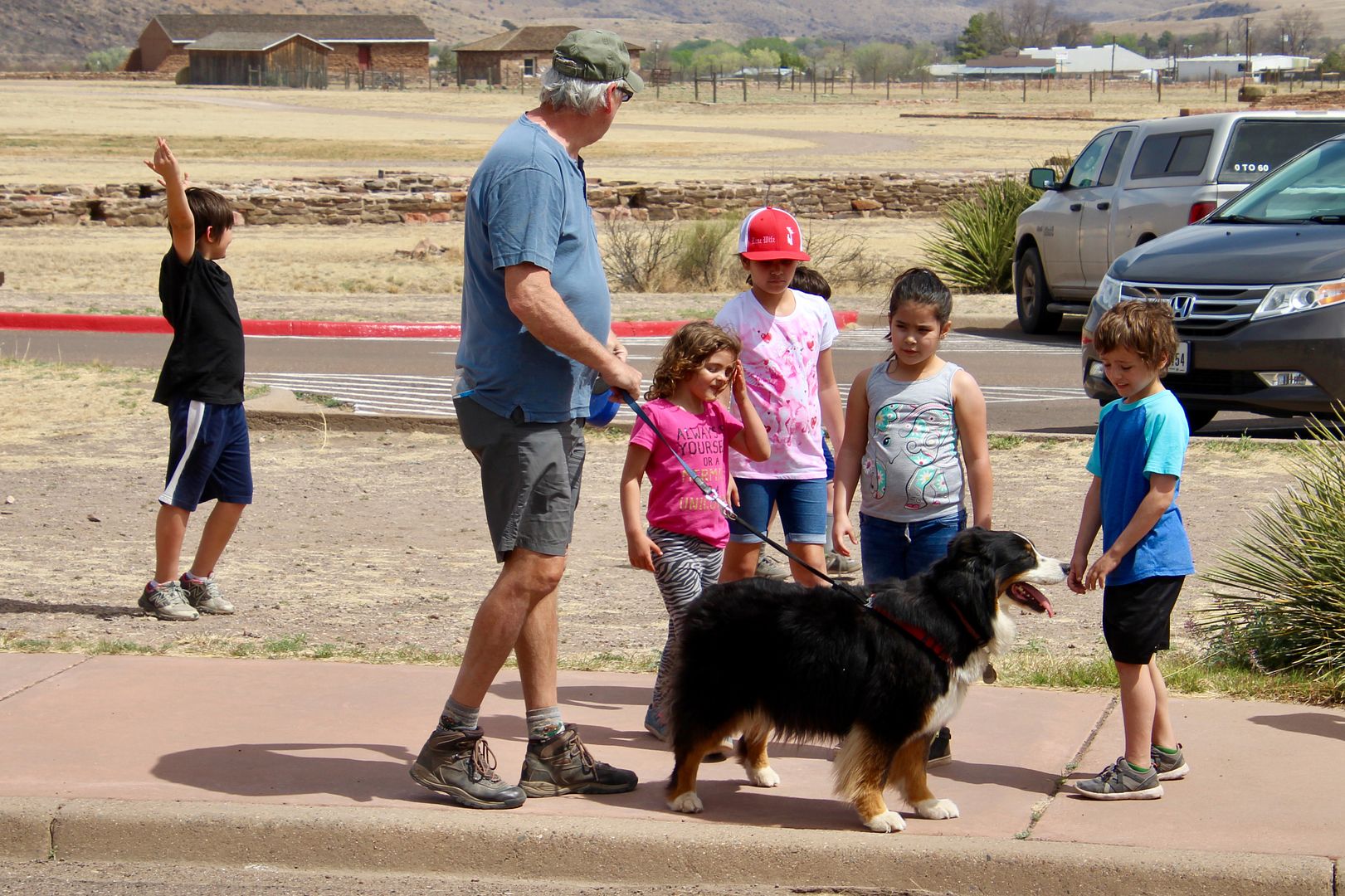

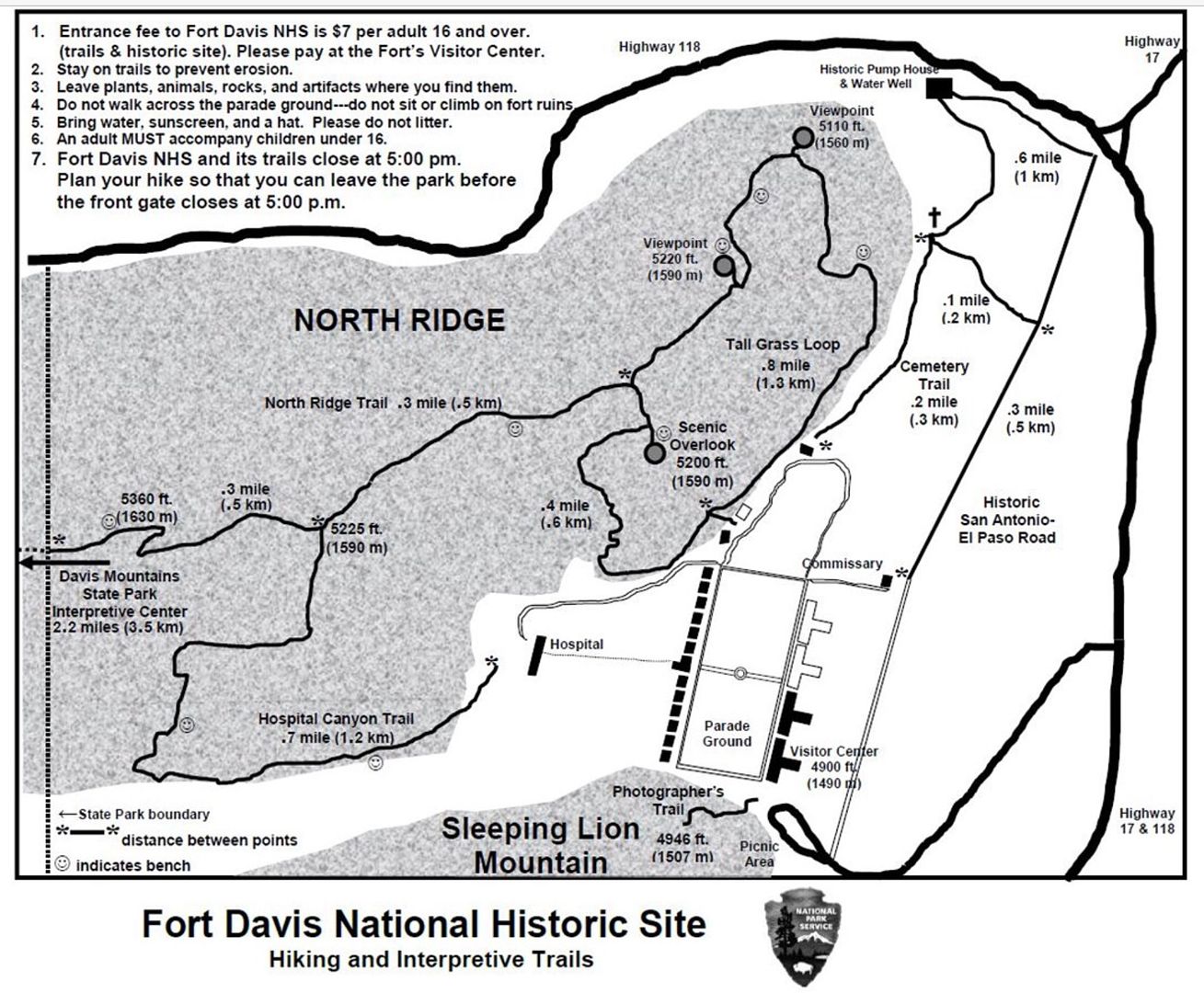
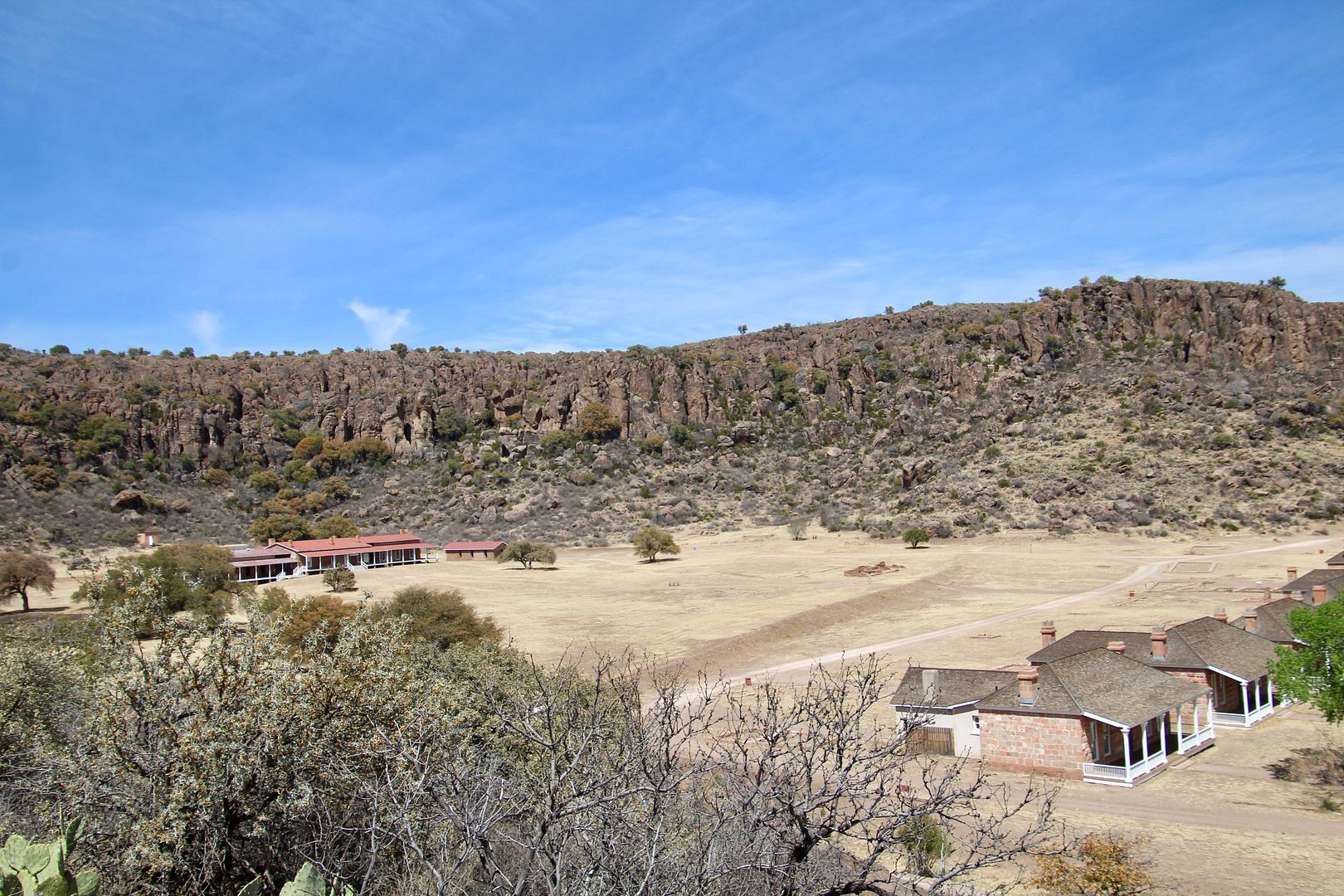

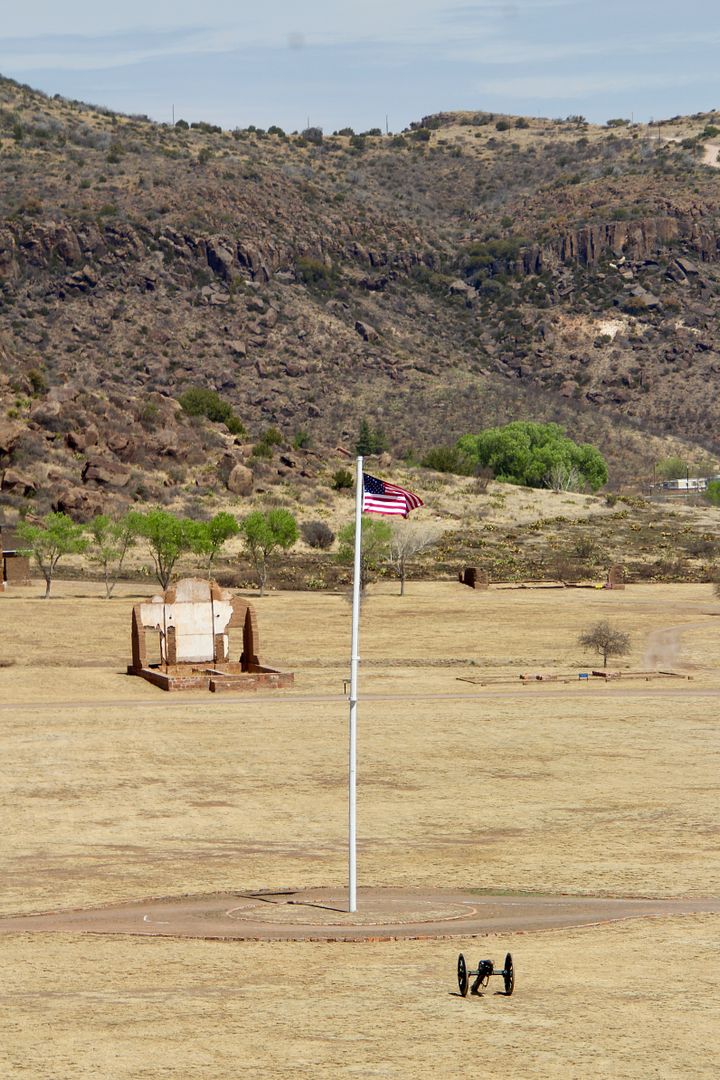
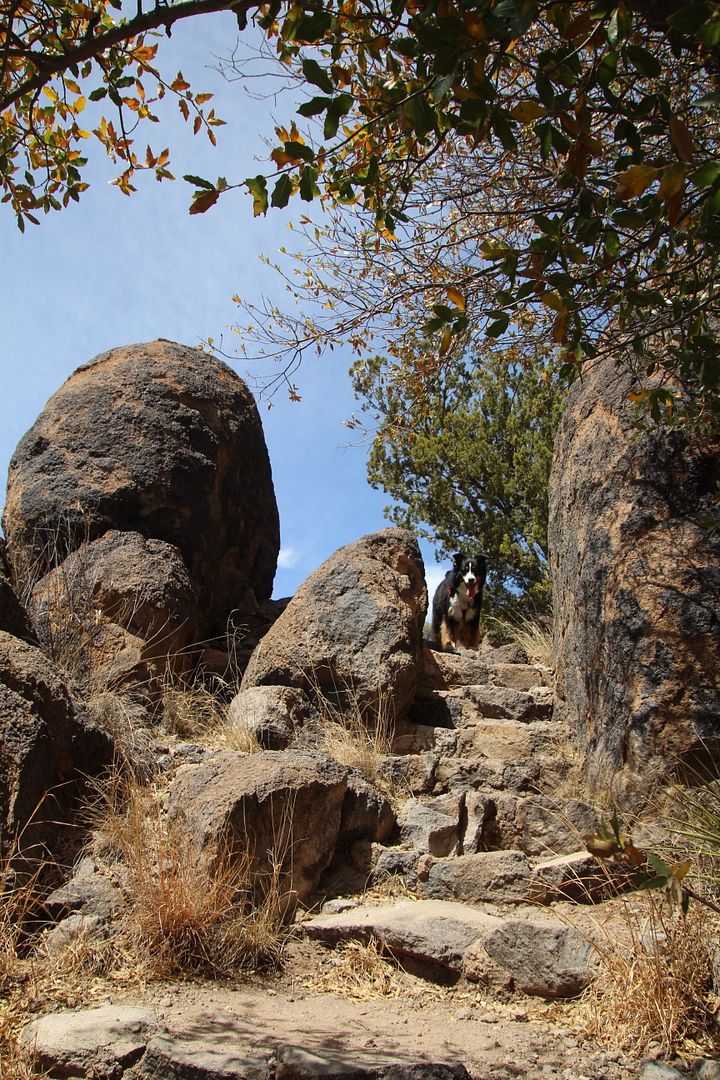

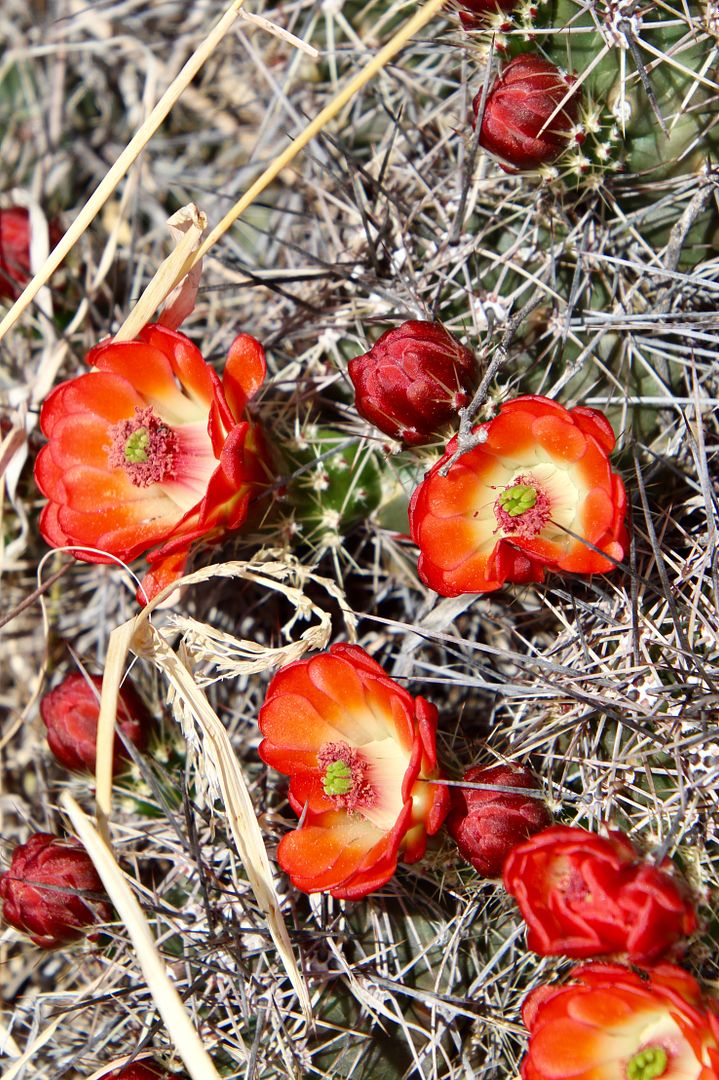
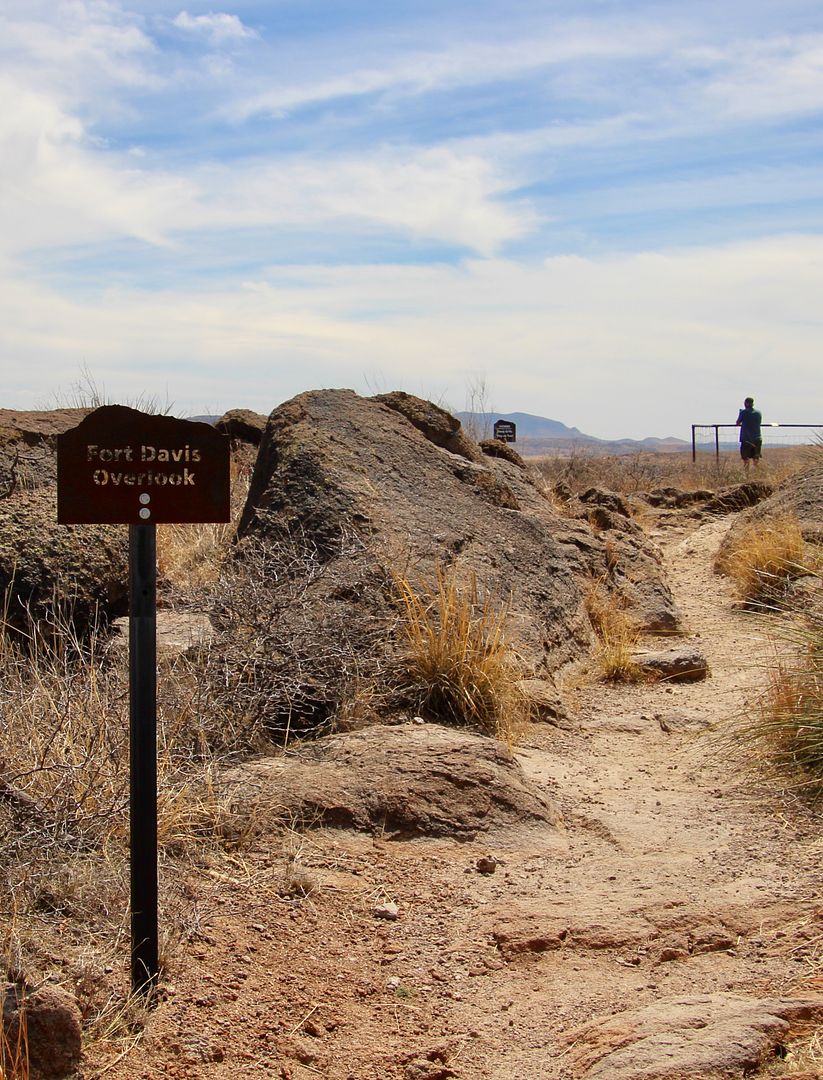
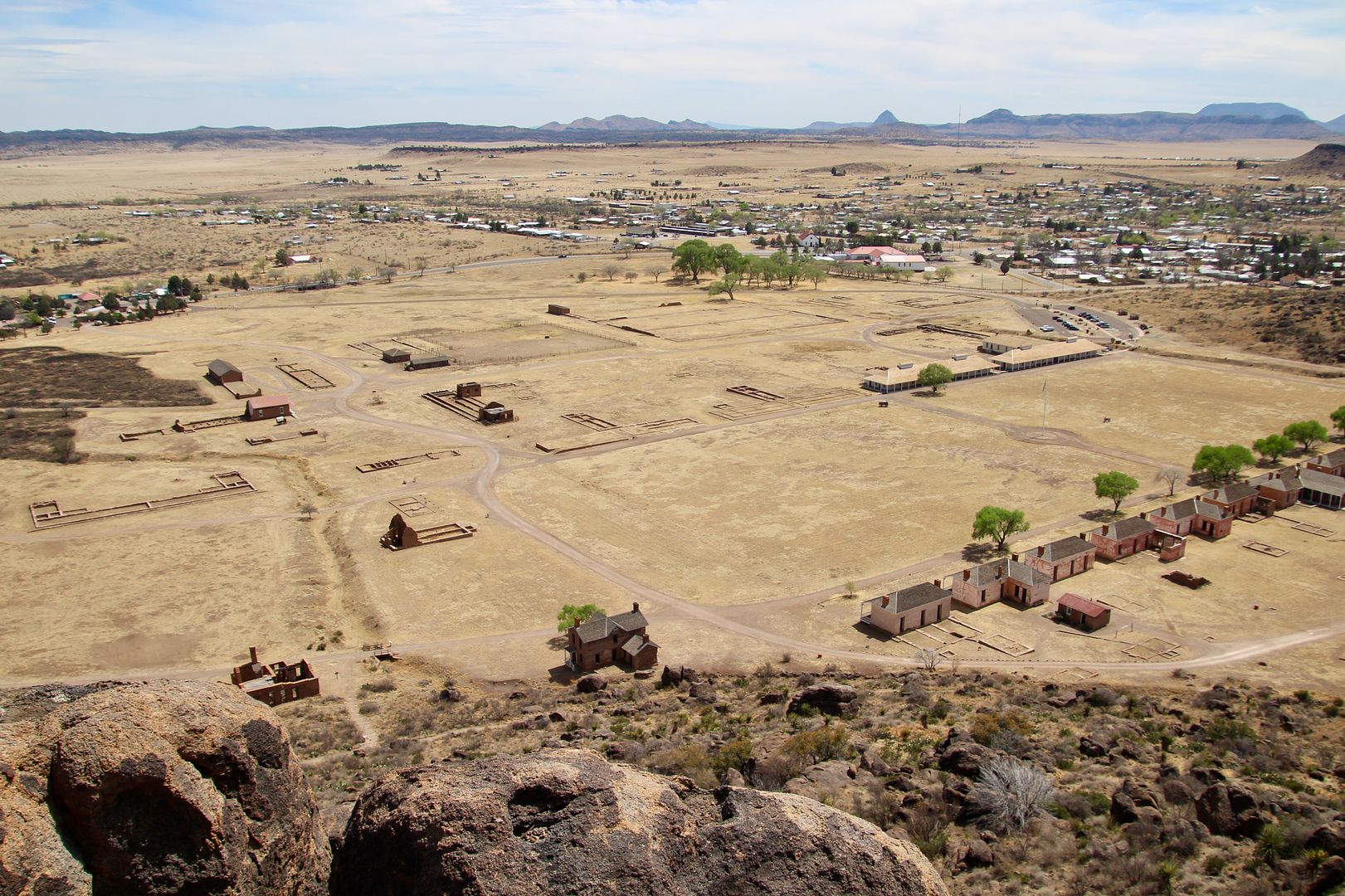
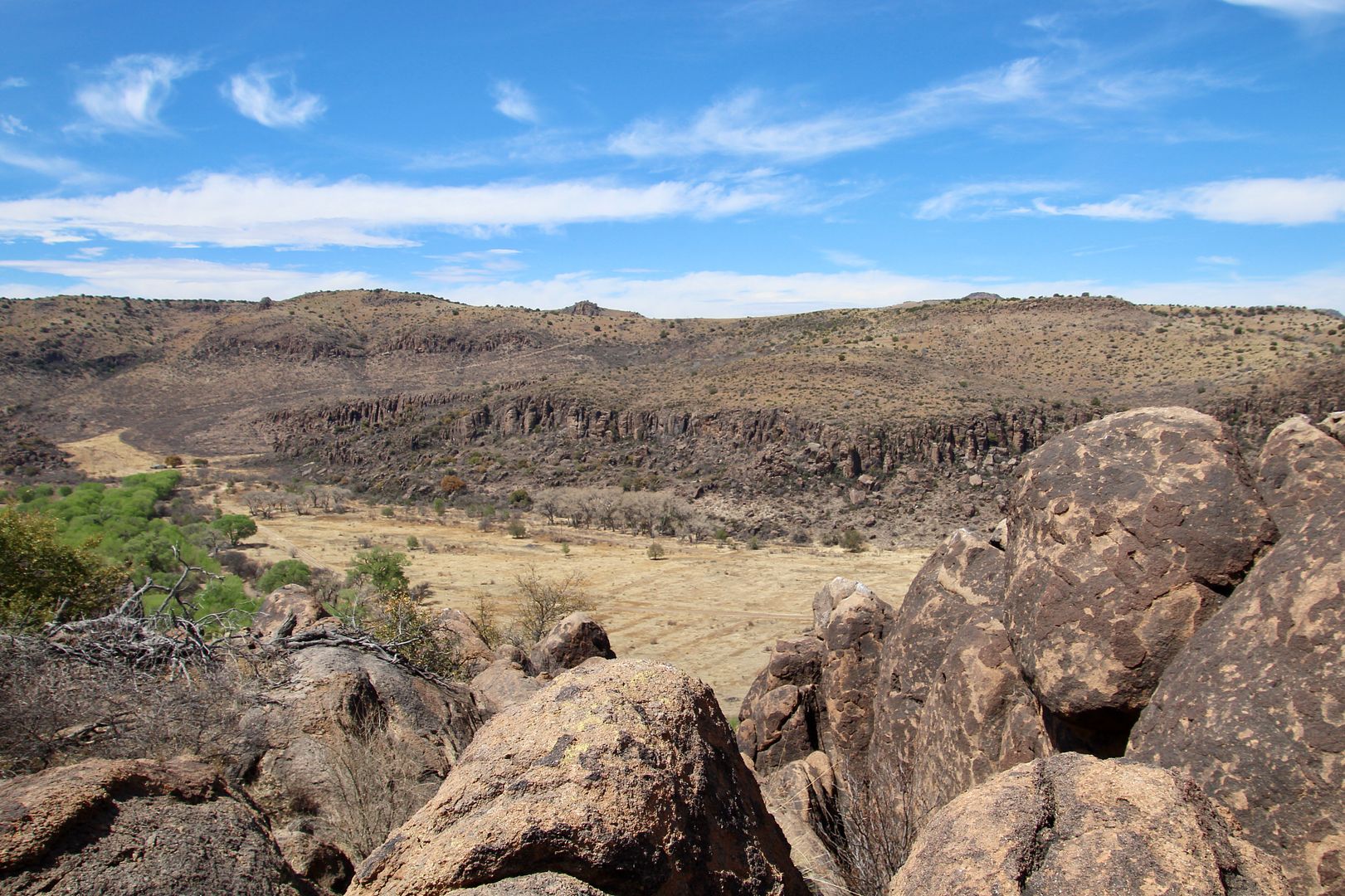

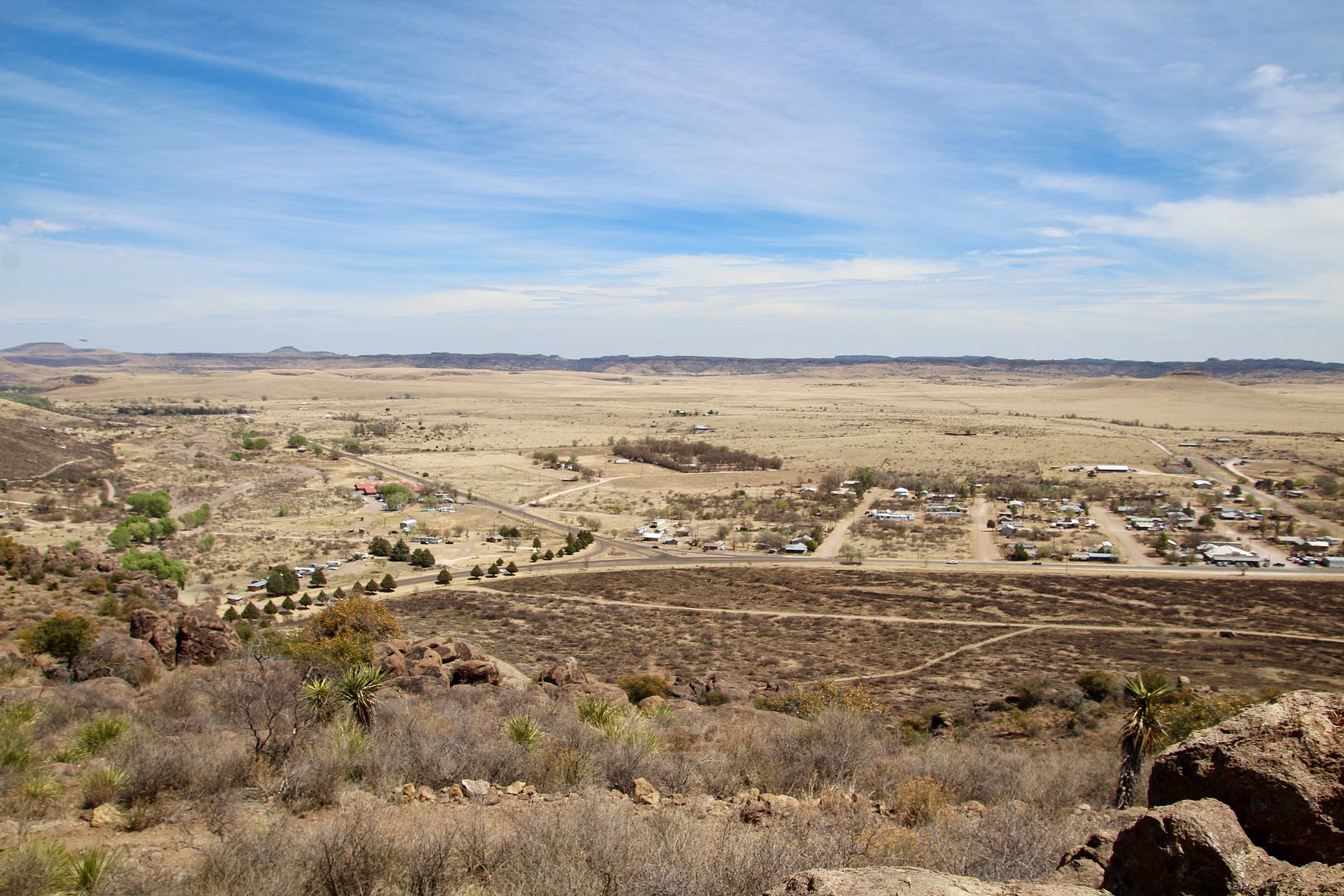
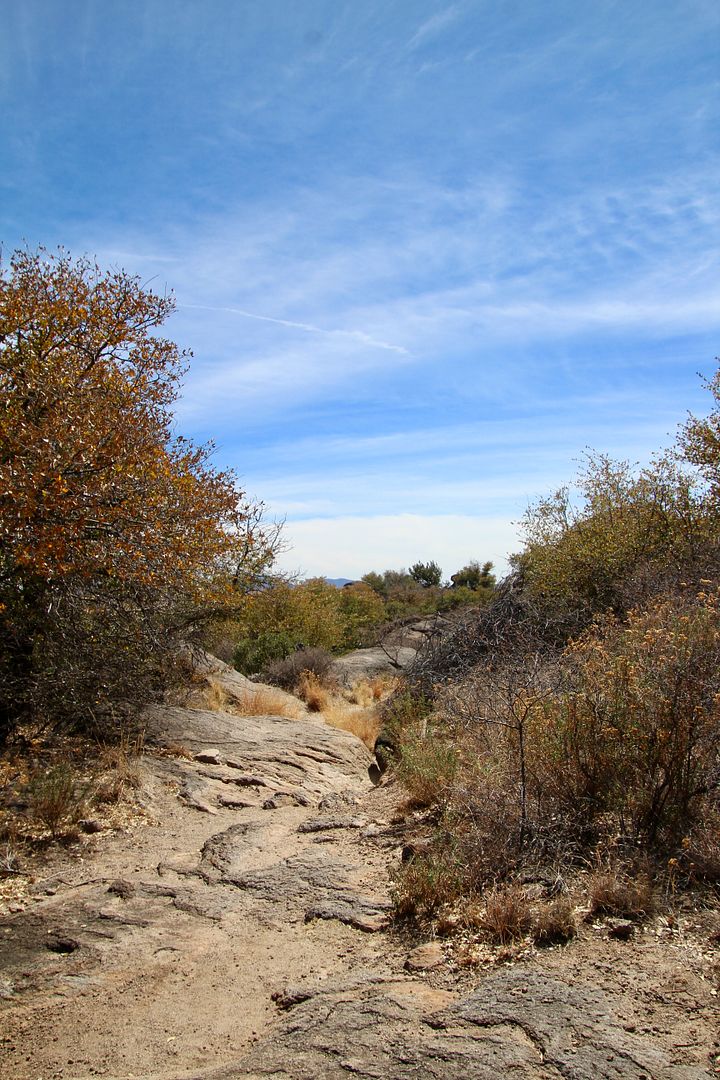
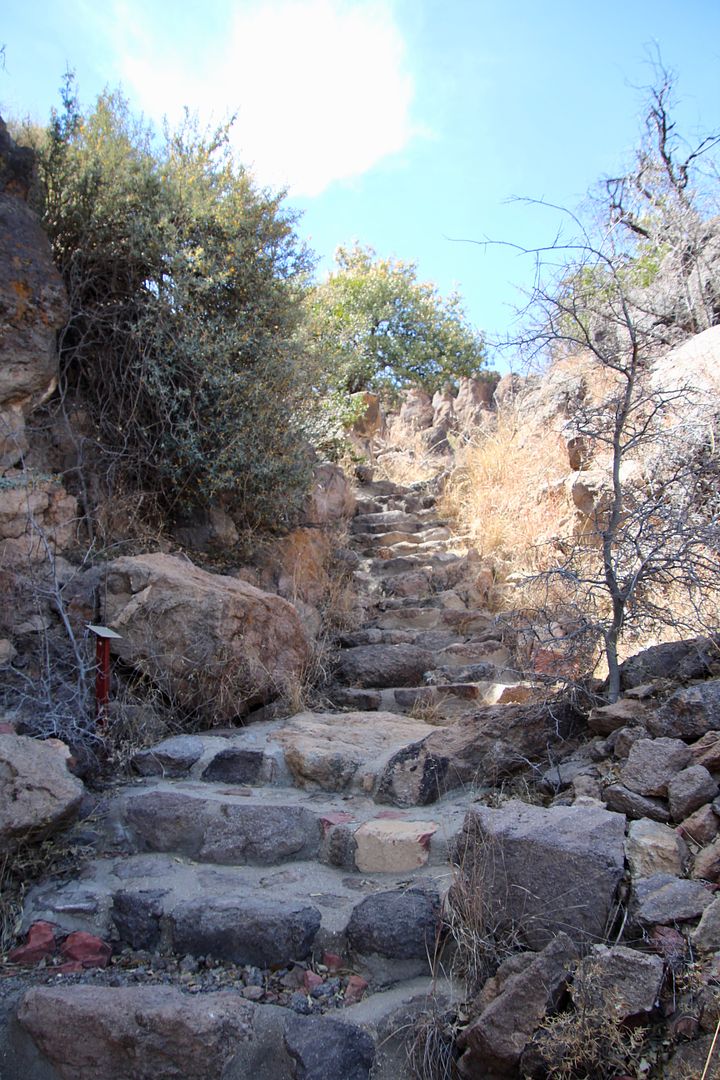
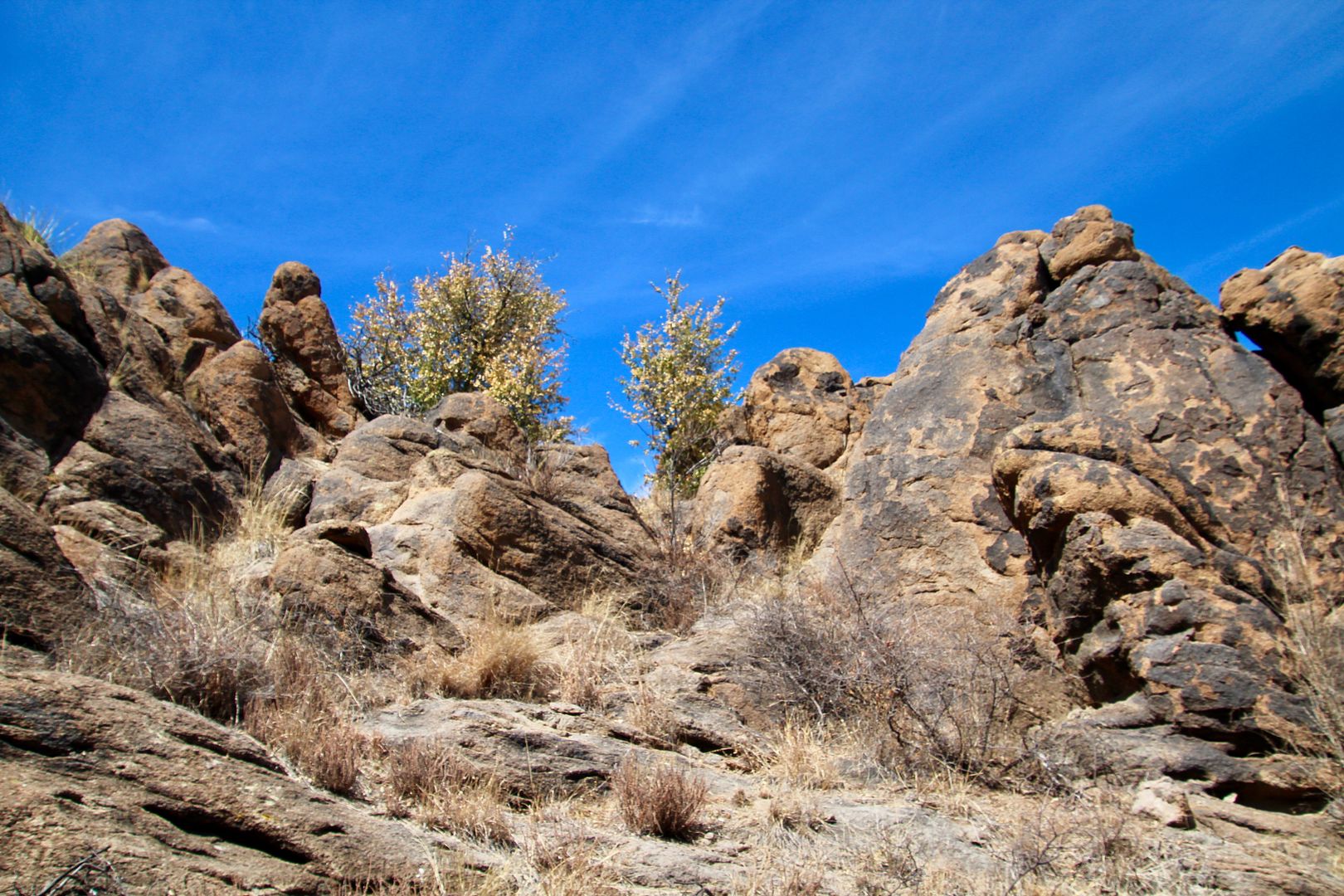
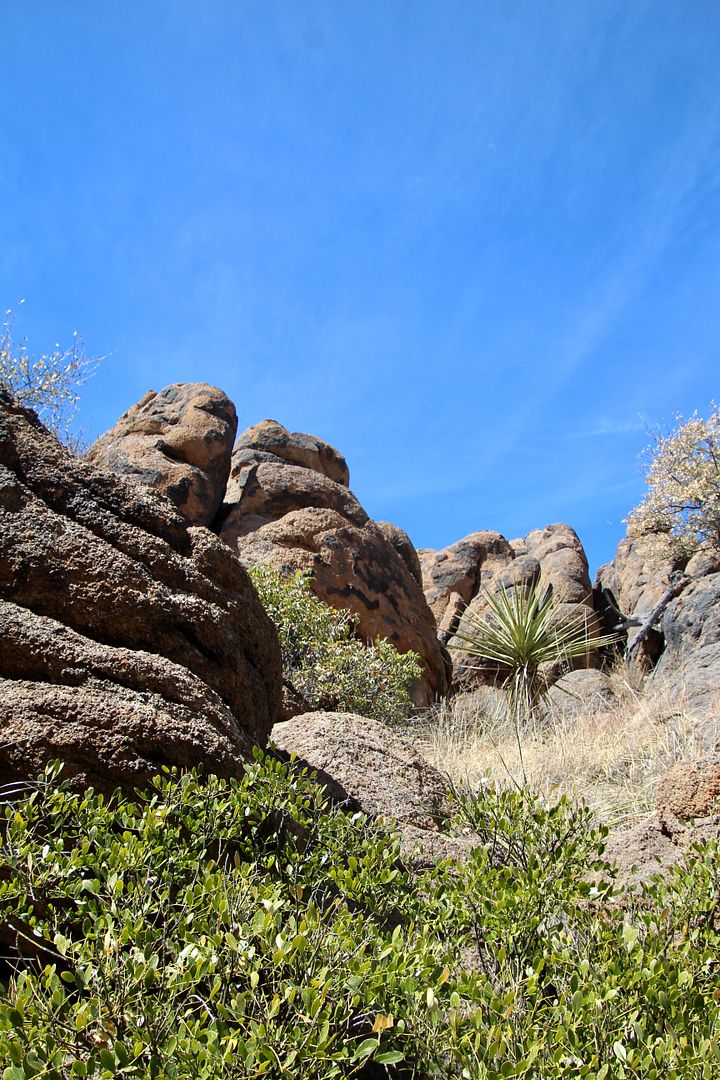

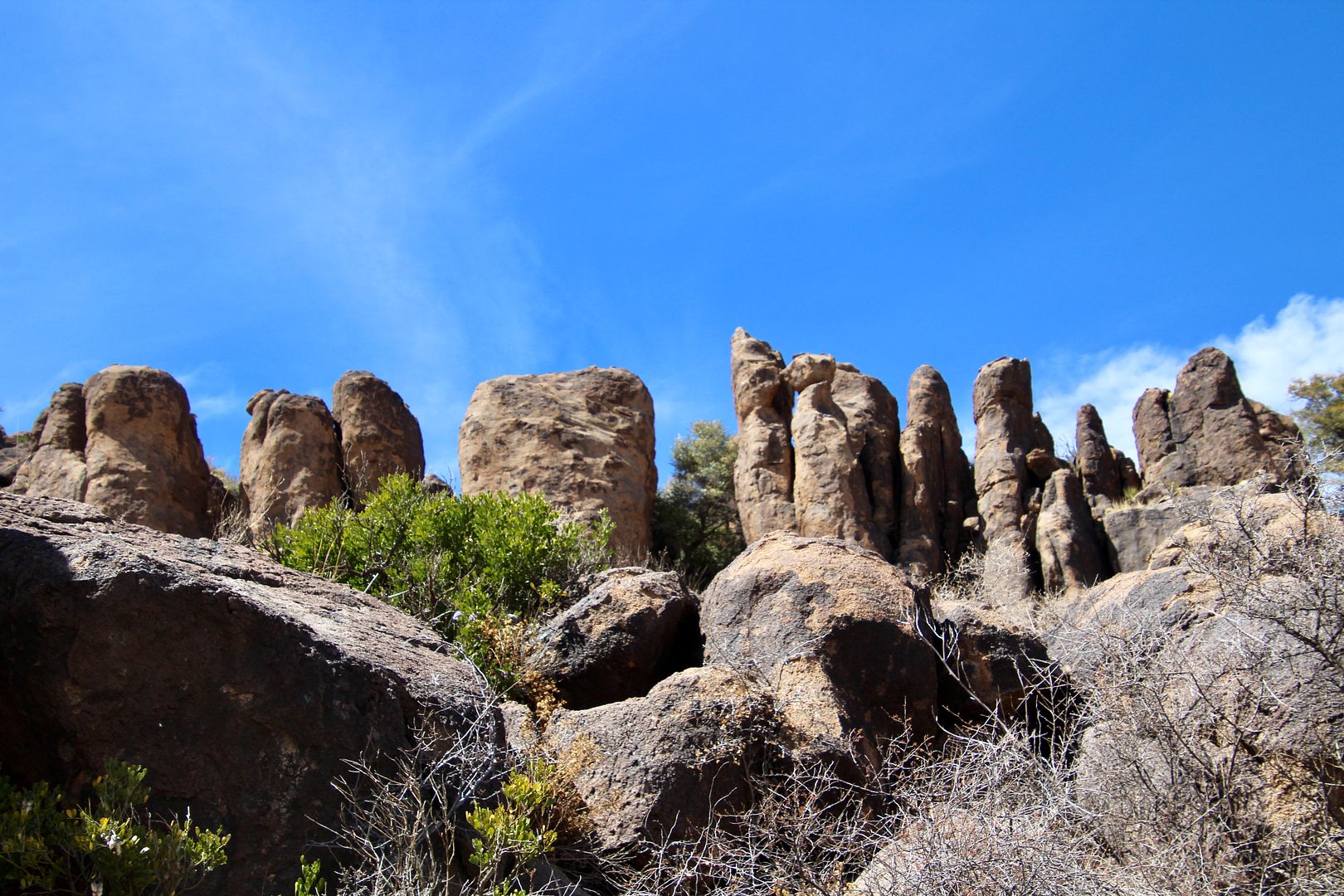
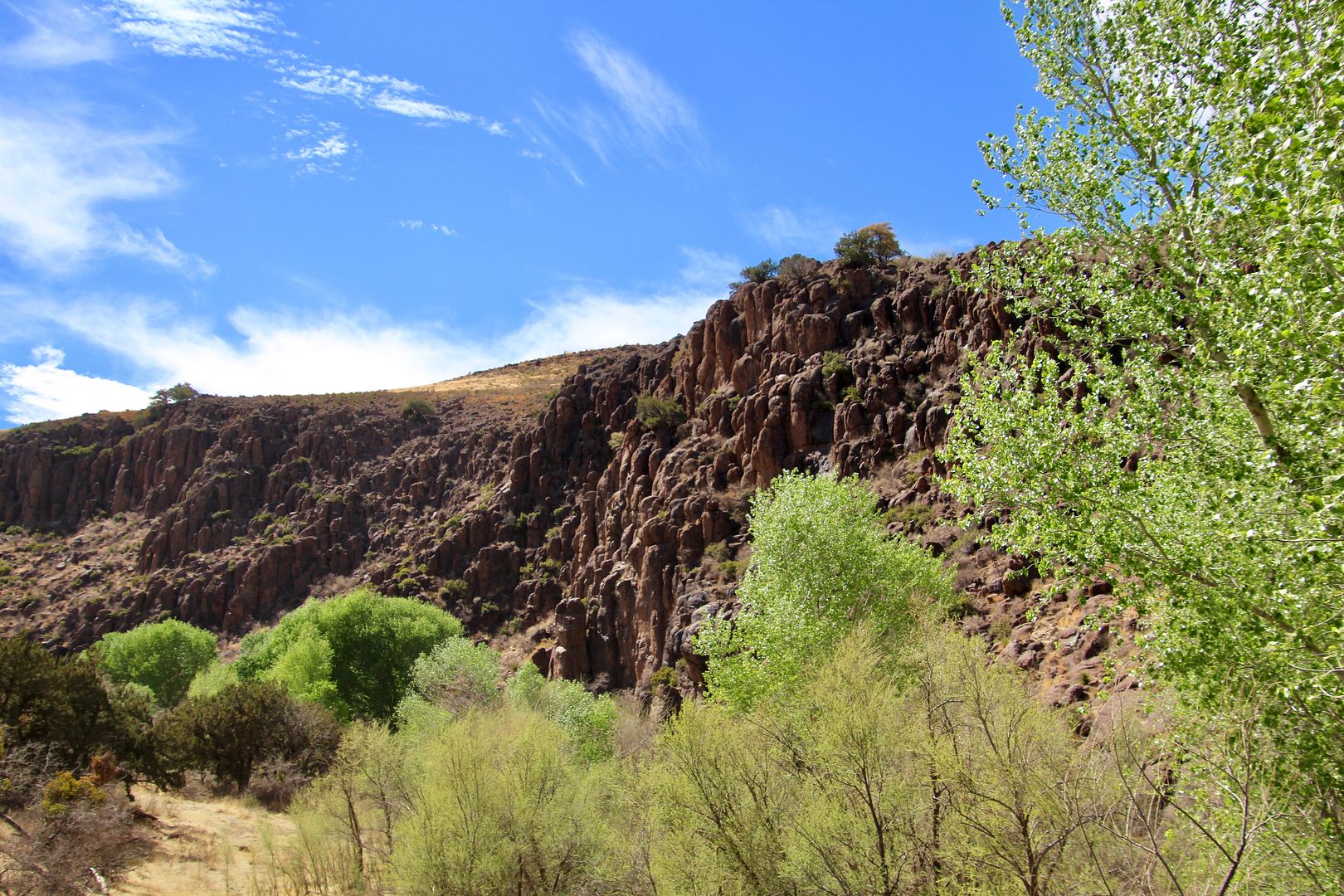
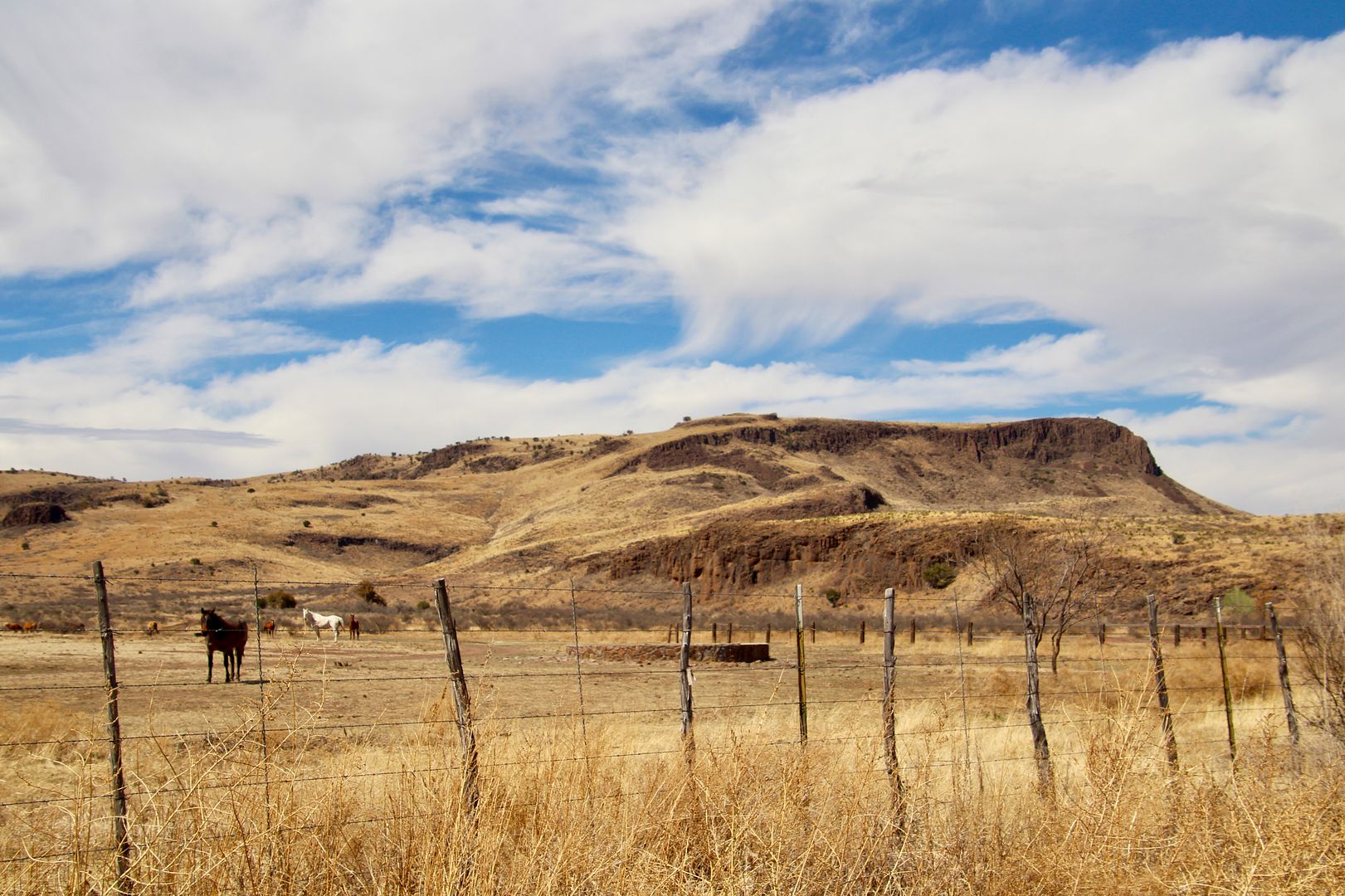
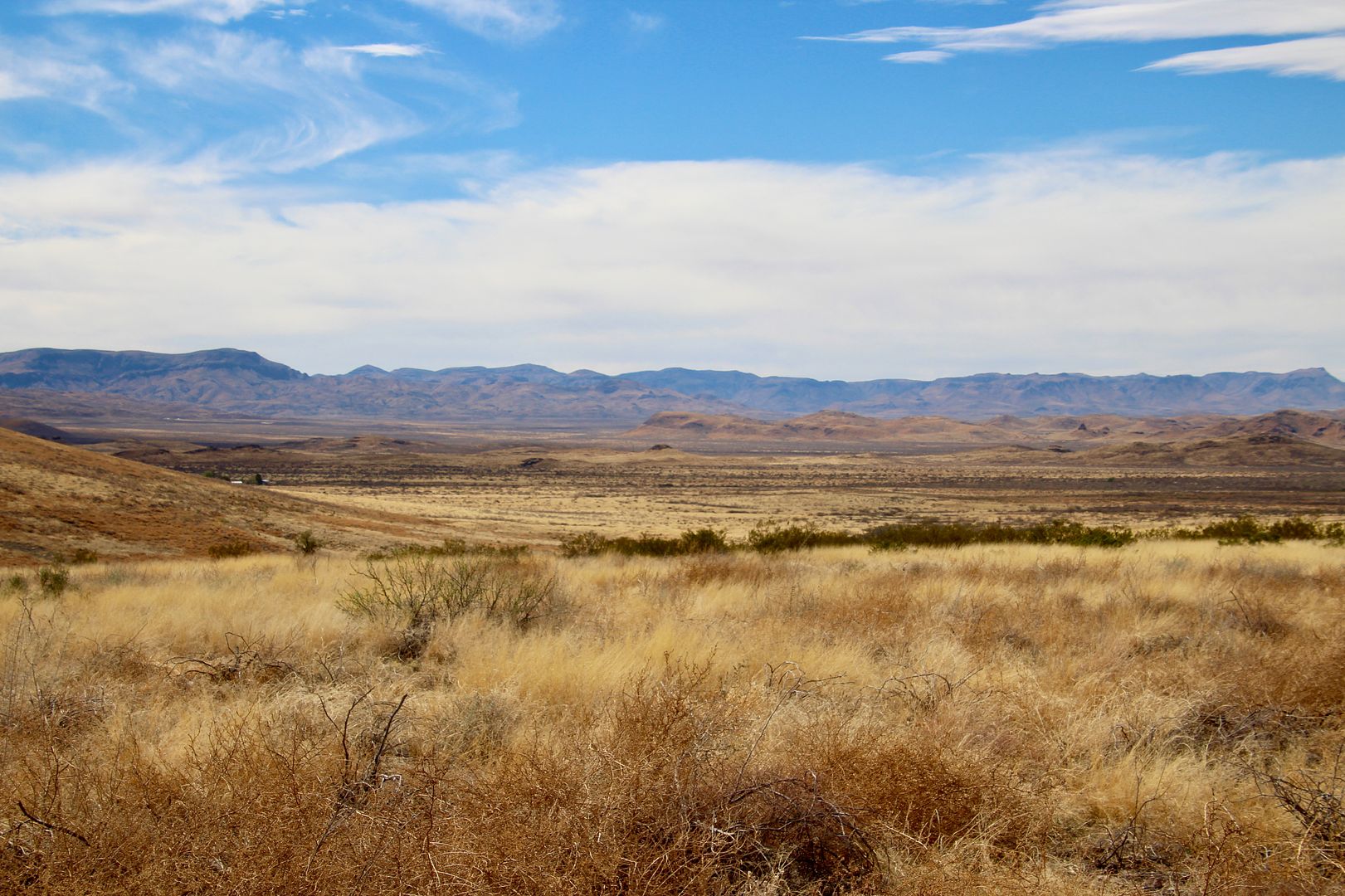
No comments:
Post a Comment